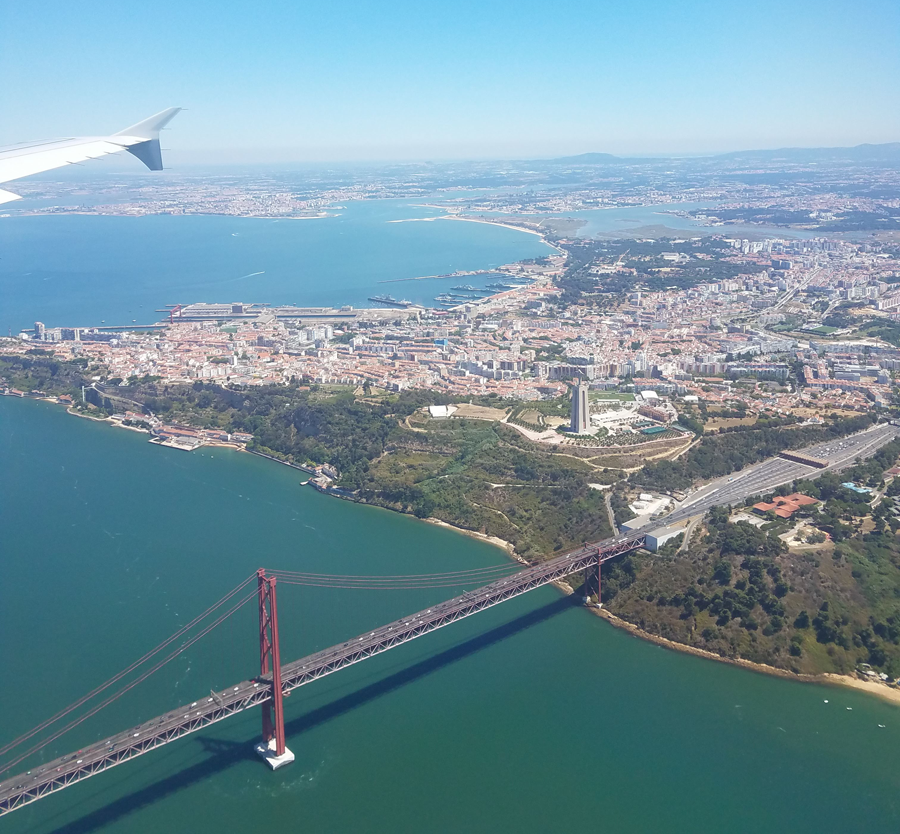
About 20 years ago, I saw a Rick Steves program about Portugal in which he said something like, “If you like Spain you’ll love Portugal. It has everything Spain has but bigger, prettier, and cheaper.”
I like Spain, quite a lot actually. But ol’ Rick was right. Portugal is fantastic. In about 10 days I took over 1,000 photos, meaning there is a lot of stuff I didn’t photograph, despite what you might think after scrolling through this review.
We flew into Lisboa (Lisbon) and checked into a hotel in the heart of the old downtown area. The gorgeous, tile-covered buildings, wide plazas decorated with fountains, and cafes serving up cheap and delicious food and wine draw the appropriate number of tourists – but they, and we, are there for good reasons. Just look at this place!
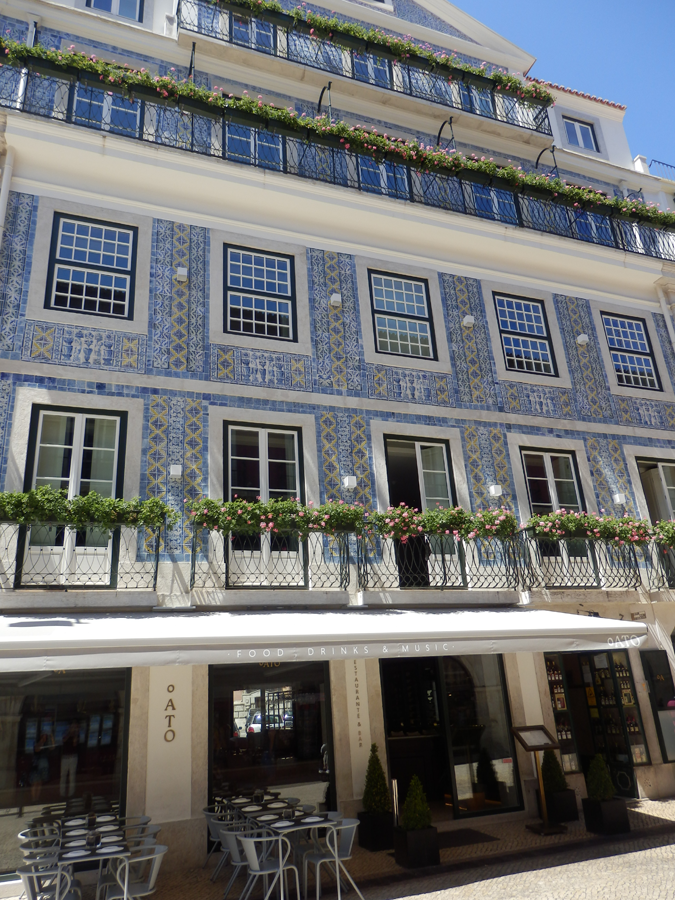
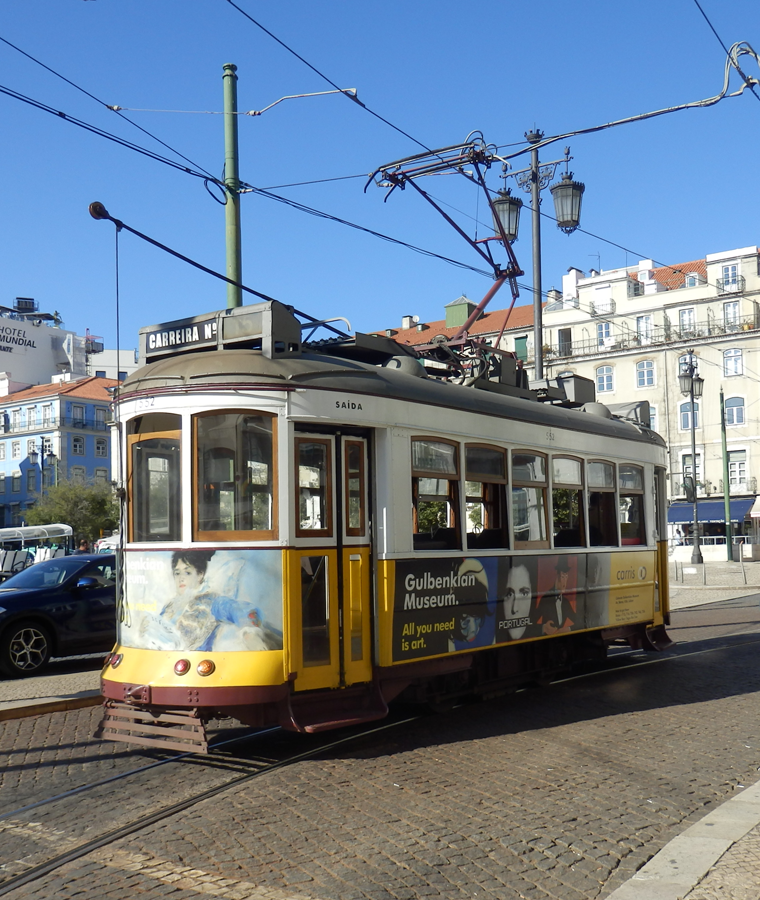
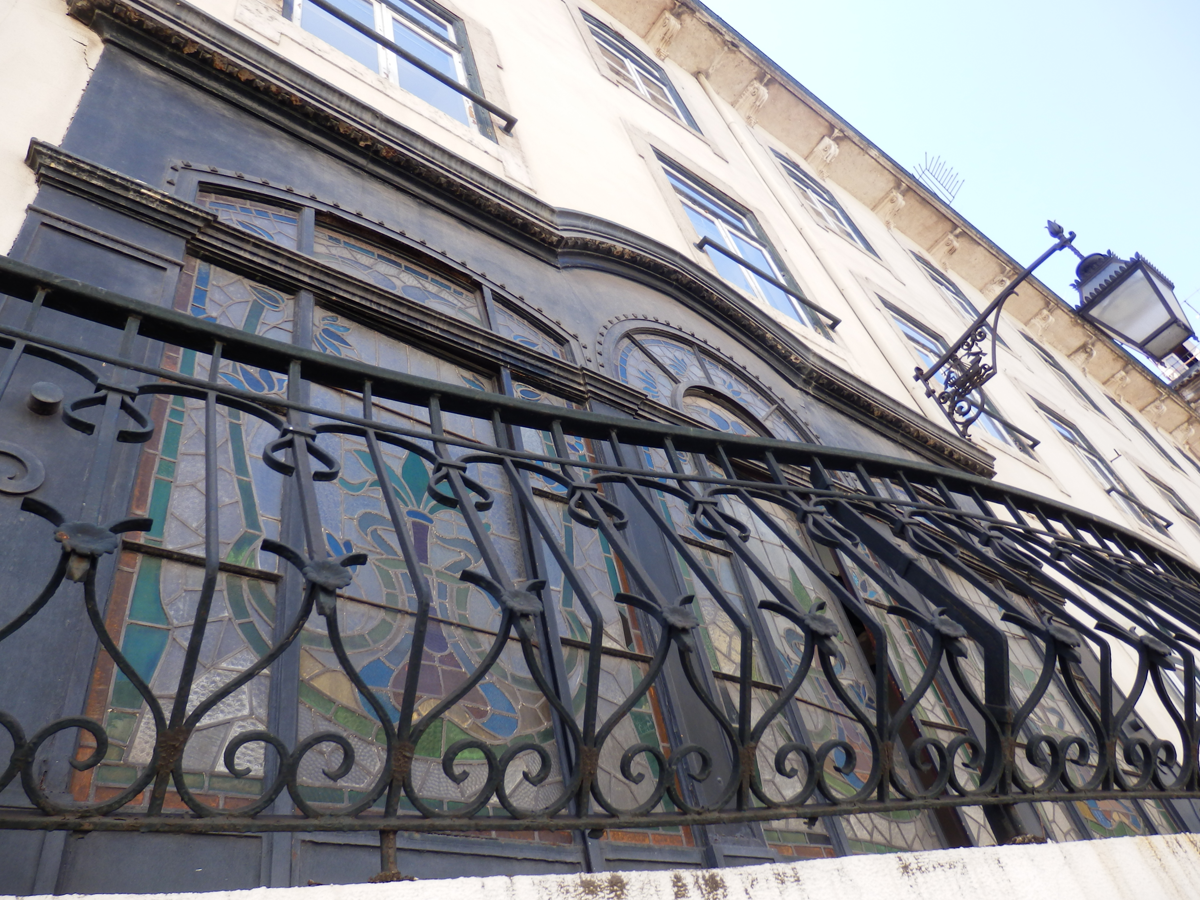
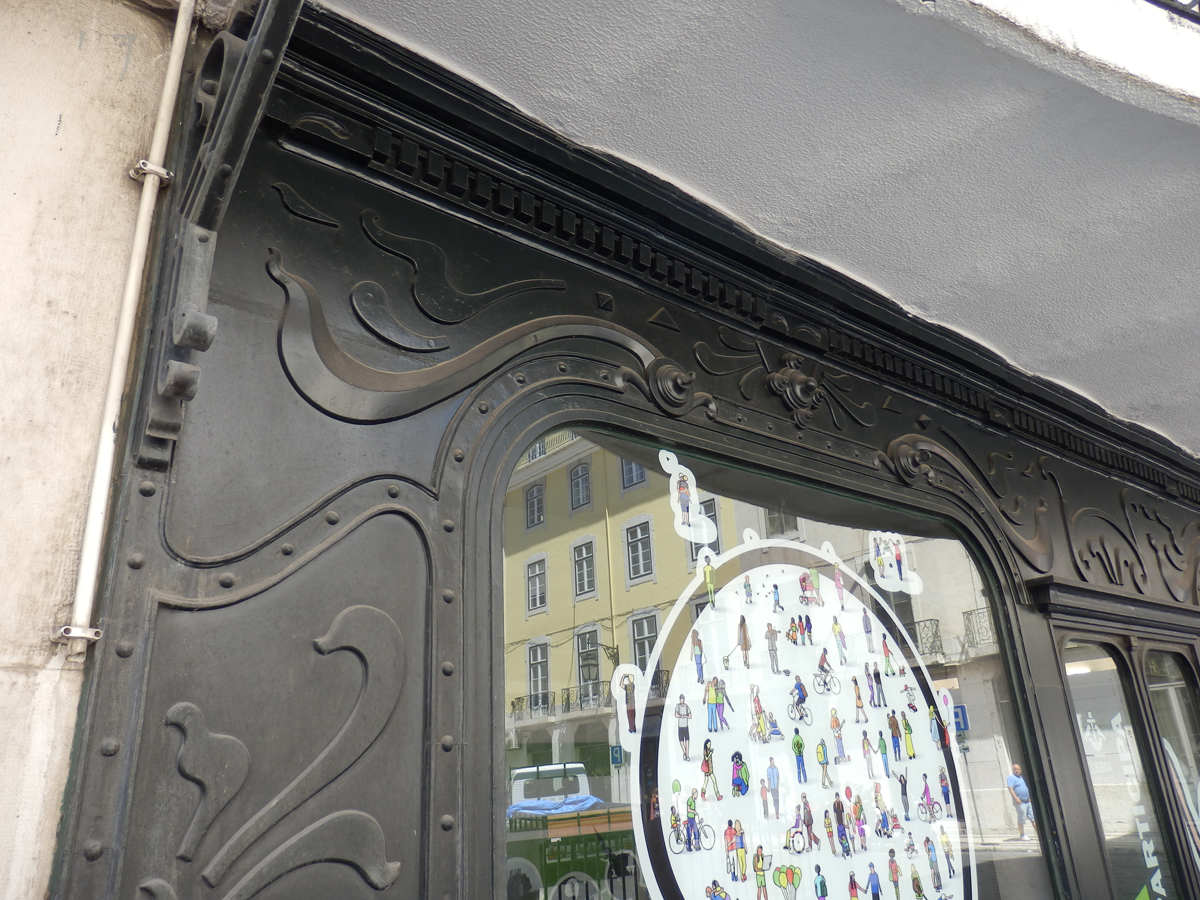
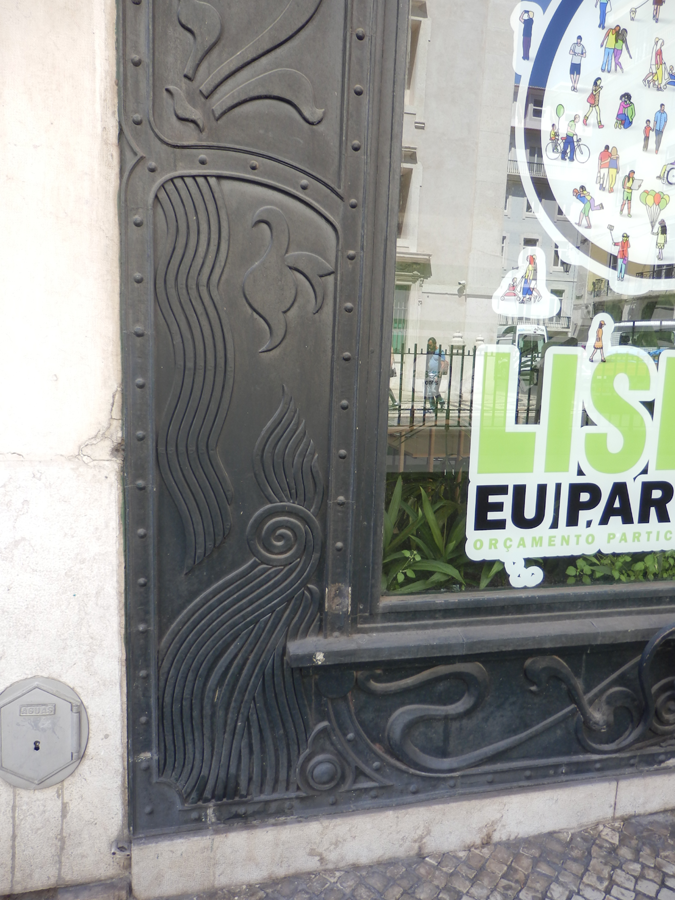
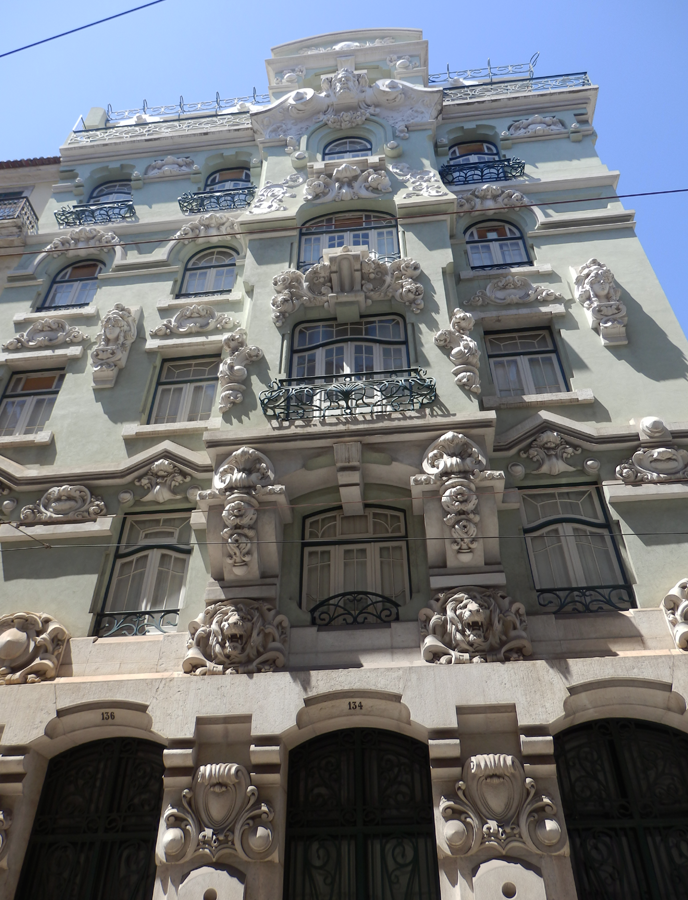
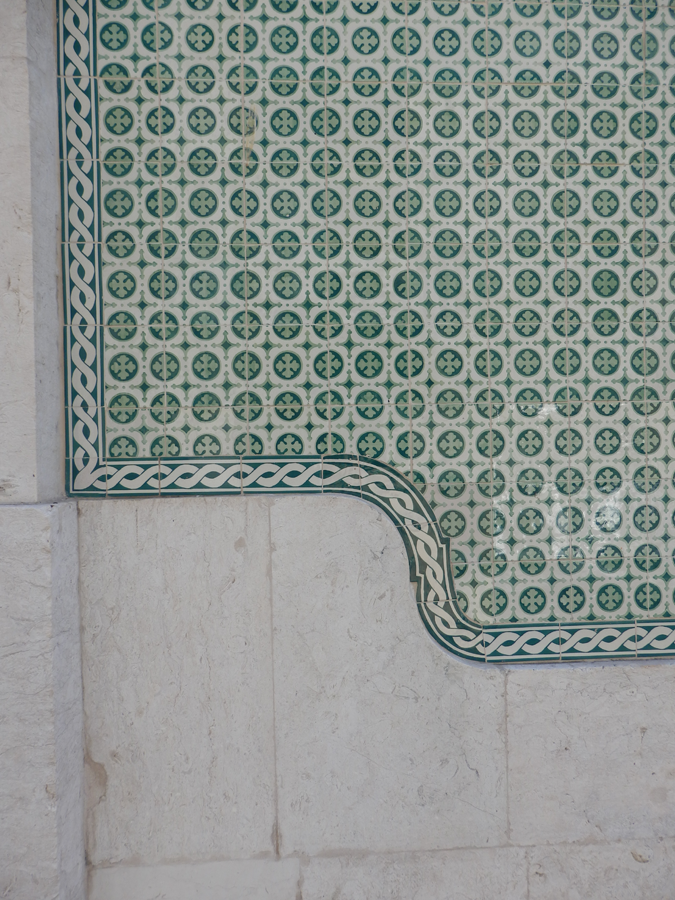
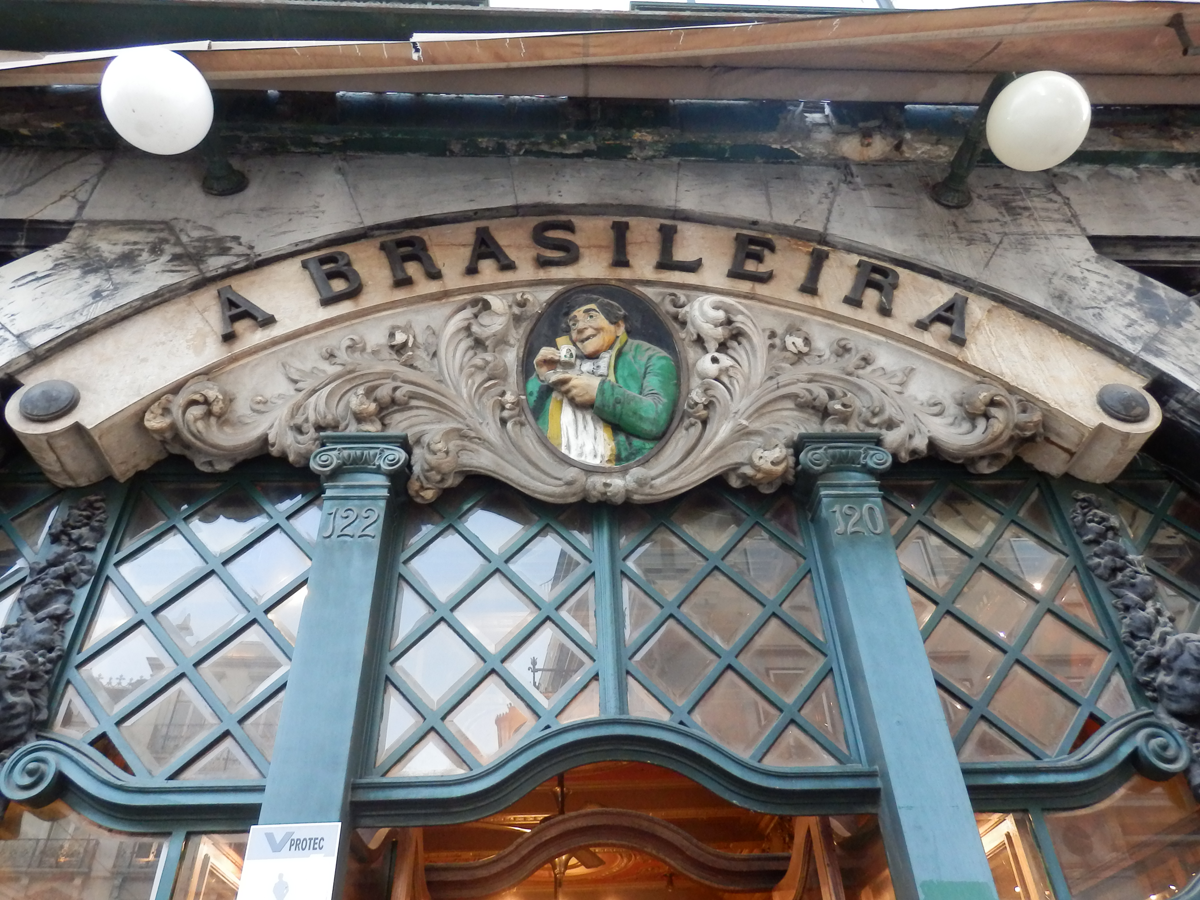
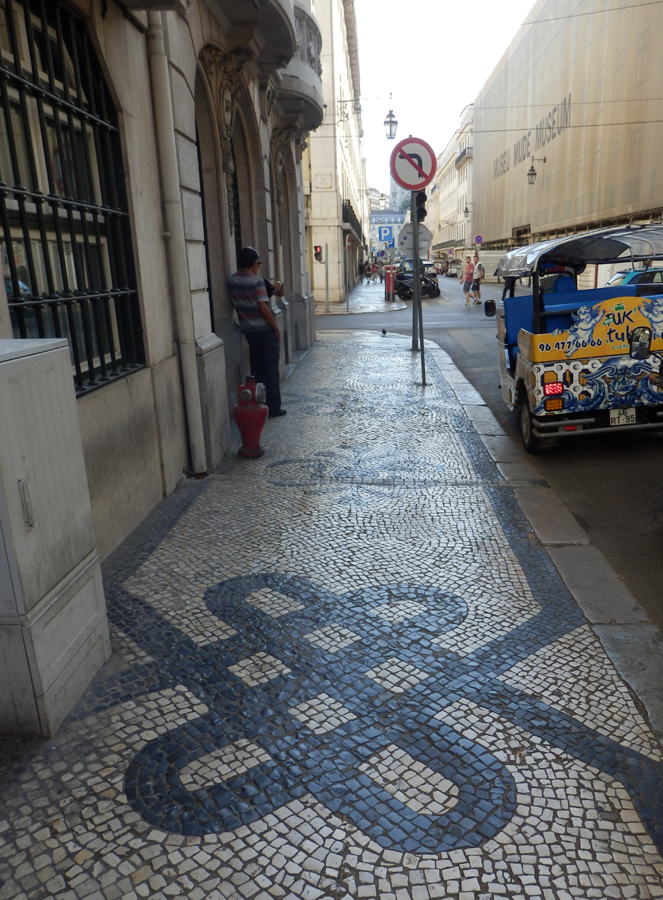
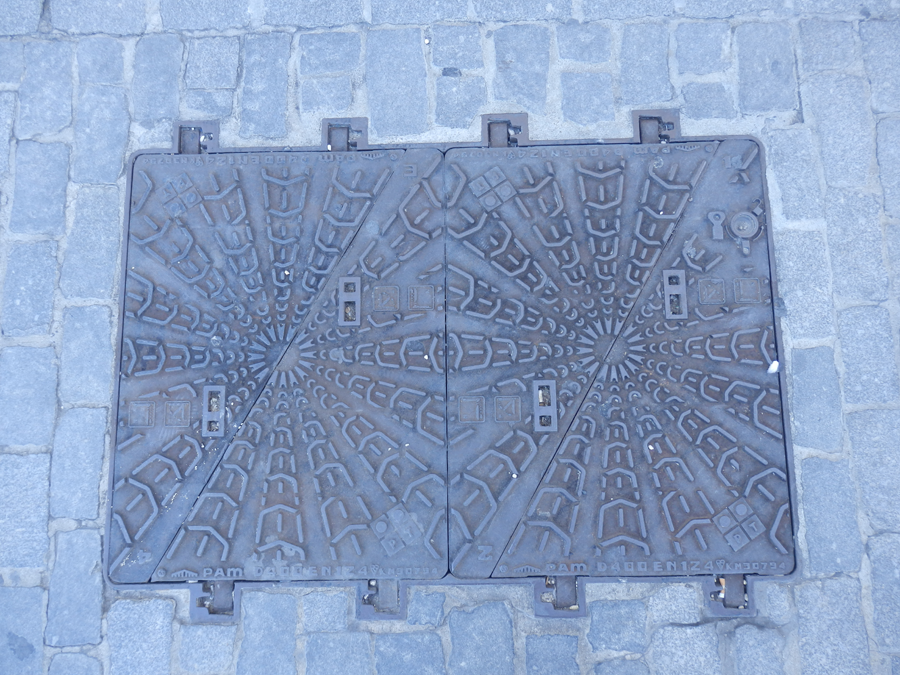
The Praça do Comércio sits at the edge of Rio Tejo, featuring a view of Lisboa’s Ponte 25 de Abril, 25th of April Bridge, a red, steel structure built by the same folks that did the Golden Gate. The plaza is ringed by a variety of cafes, a “beer museum” that doubles as a bar/restaurant, and the Supremo Tribunal de Justiça, whose portico shades a ton of trinket stands.
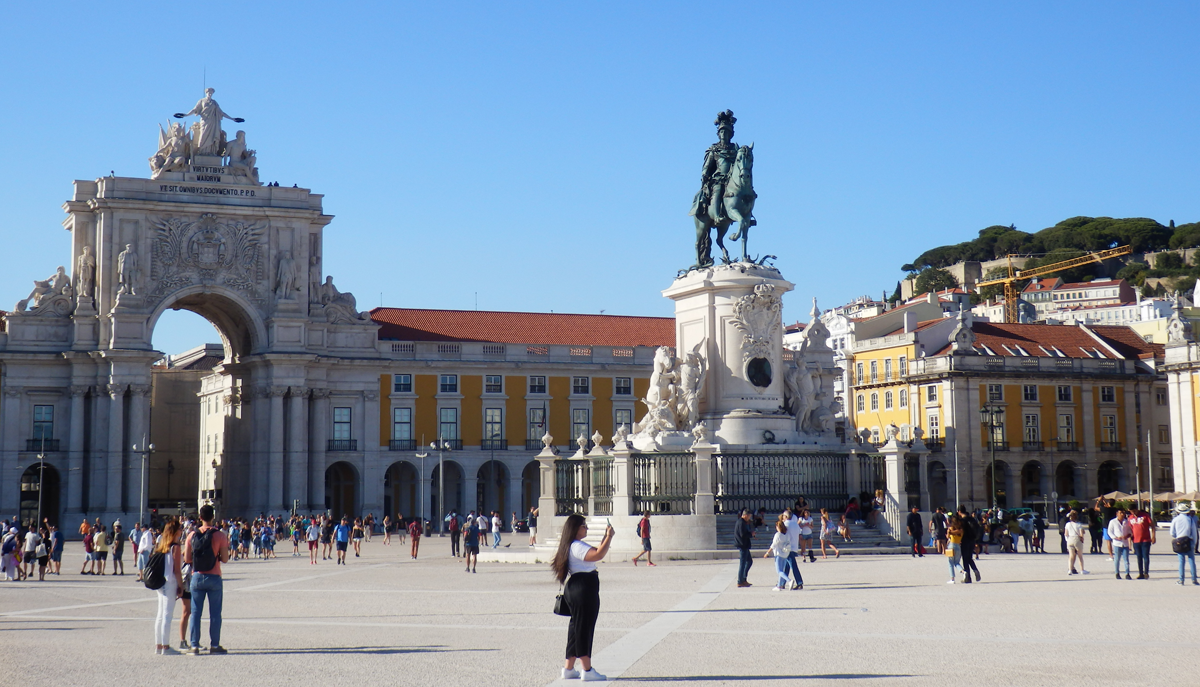
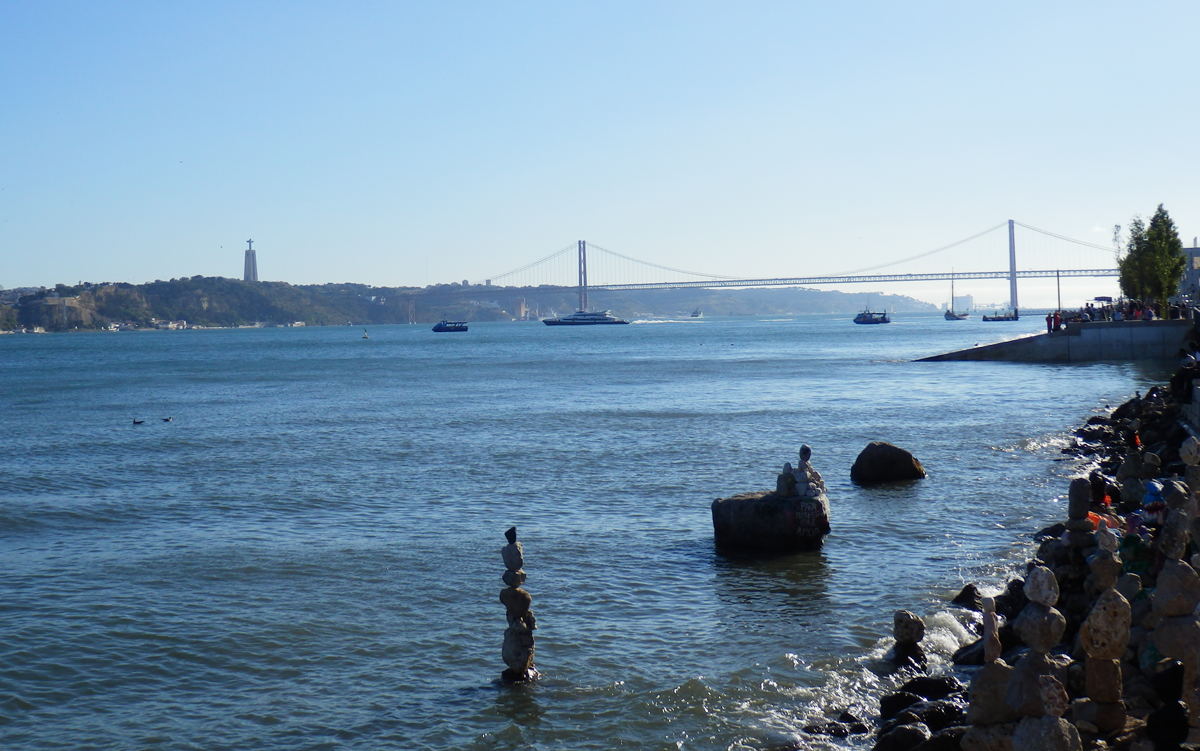
Just up the road is Praça do Rossio, also adorned with fountains, gorgeous pavement, and surrounded by pretty stuff from the 18th century, including a beautiful theater.
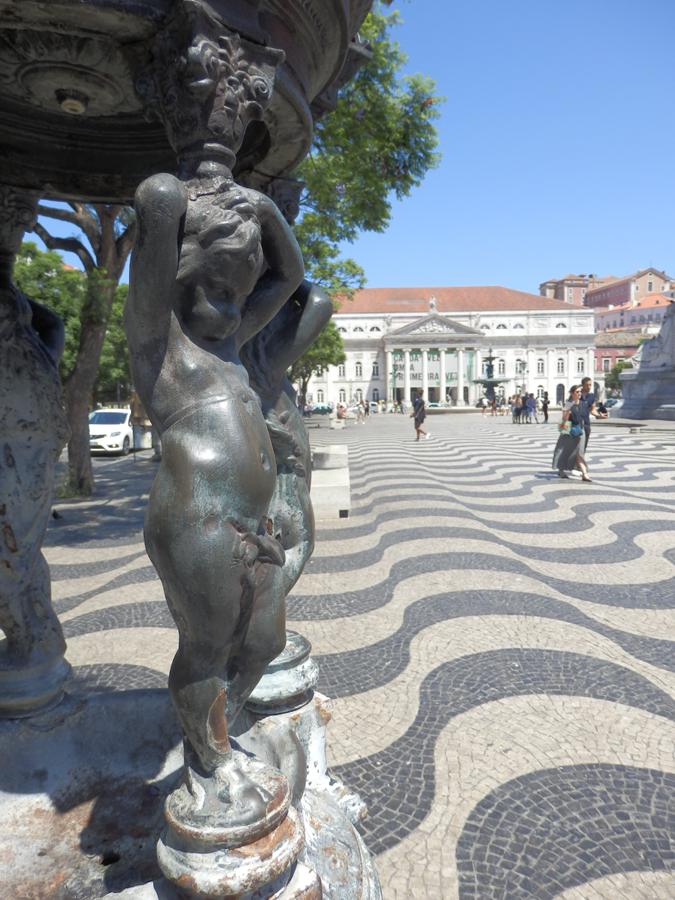
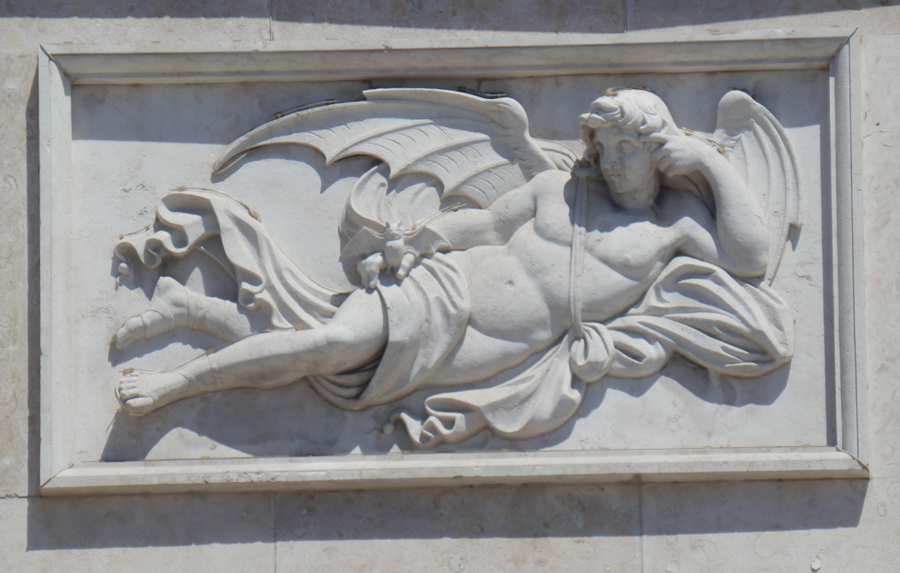
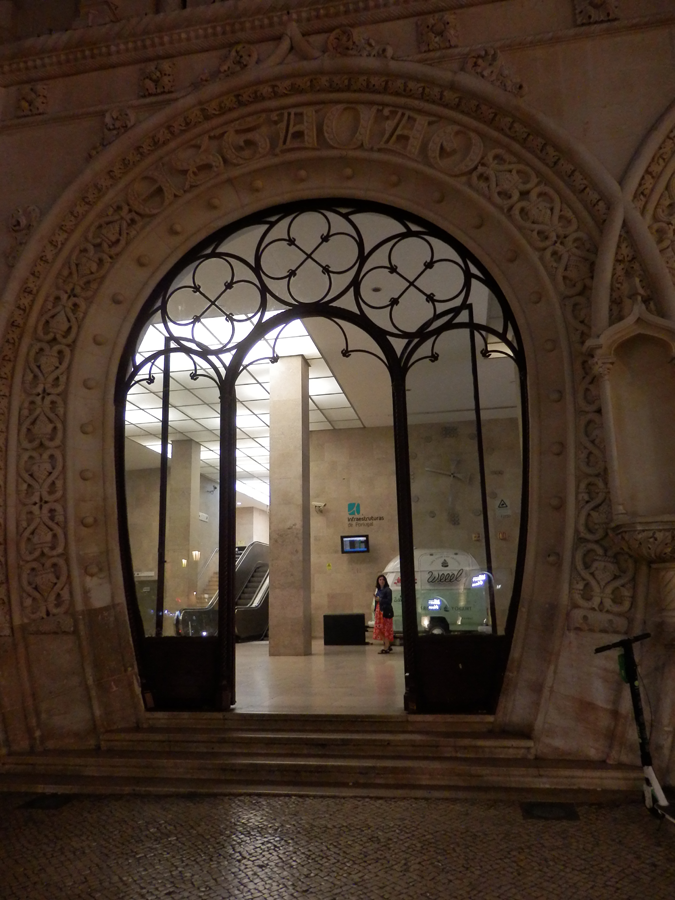
The building above is the Estação de Rossio, a train station adjacent to the plaza. A train station.
Lisbon was mostly destroyed by an earthquake in 1755 and rebuilt in splendor. Half a block from this plaza is yet another one almost as pretty. It’s a bit overwhelming.
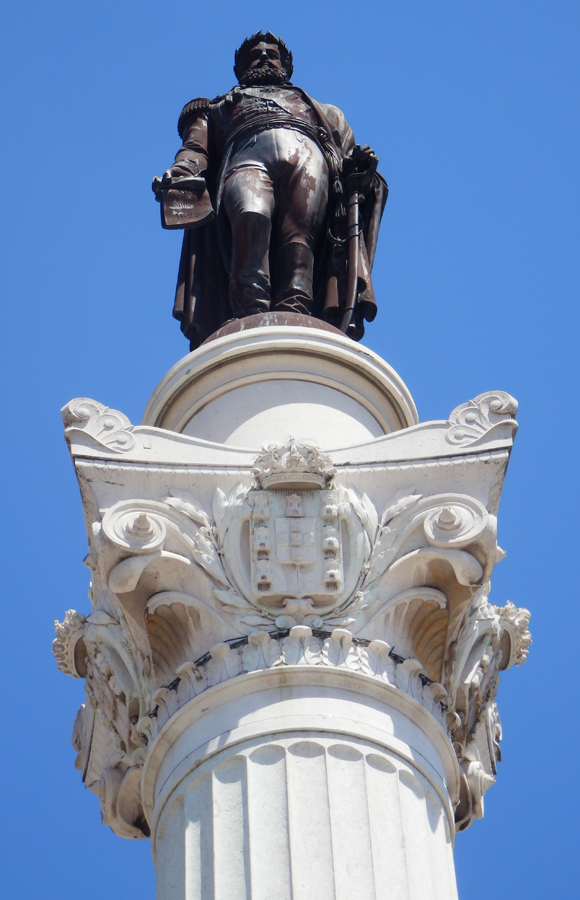
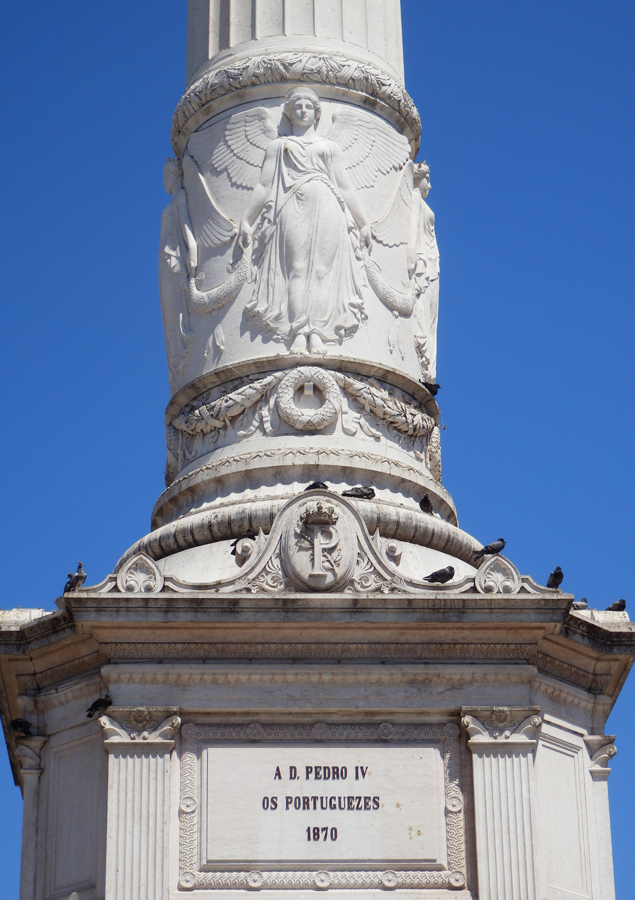
For our first few nights, we stayed in Baixa, the neighborhood in the center of town, nestled between two hills. The area is small but dense with things to gawk at, lots of touristy food and shopping opportunities. We didn’t find much in the way of night life, but we were never bored.
The weather in August was a bit too warm on some days, yet chilly enough in the evenings to need a jacket. The hills suck up cool air from the sea, sort of like the California coast, so I found I hadn’t packed enough long sleeve shirts.
On the west side of Baixa is the Elevador de Santa Justa, a lift built in the early 1900’s in Gothic style. It has a viewing platform at the top, as well as a bridge leading to a somewhat shi-shi shopping district, Bairro Alto, atop the hill that forms the west side of Lisboa. We were going to take the ride but the line was long and didn’t seem worth a wait and a small ticket price.
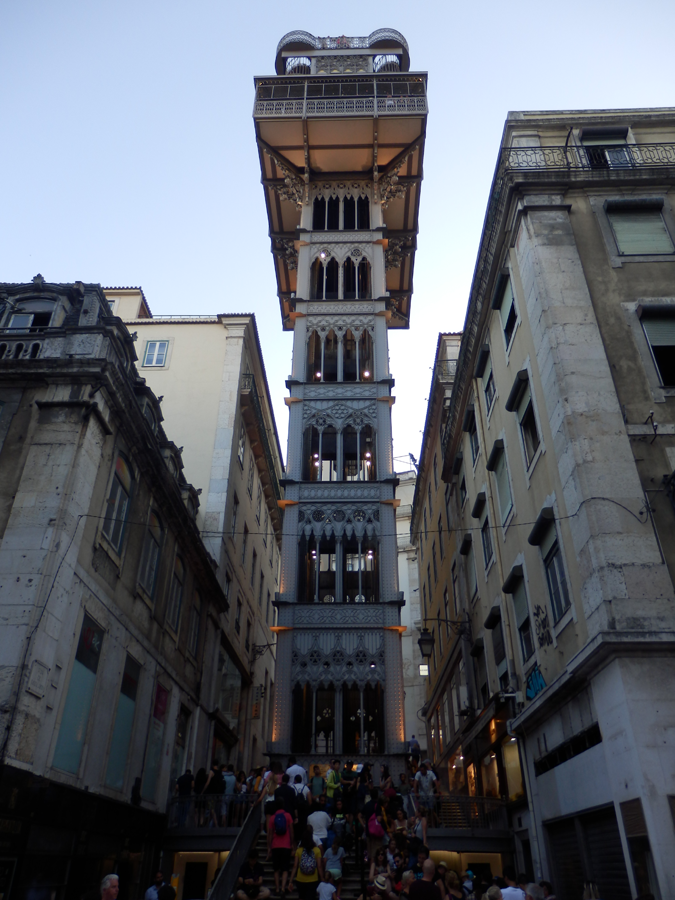
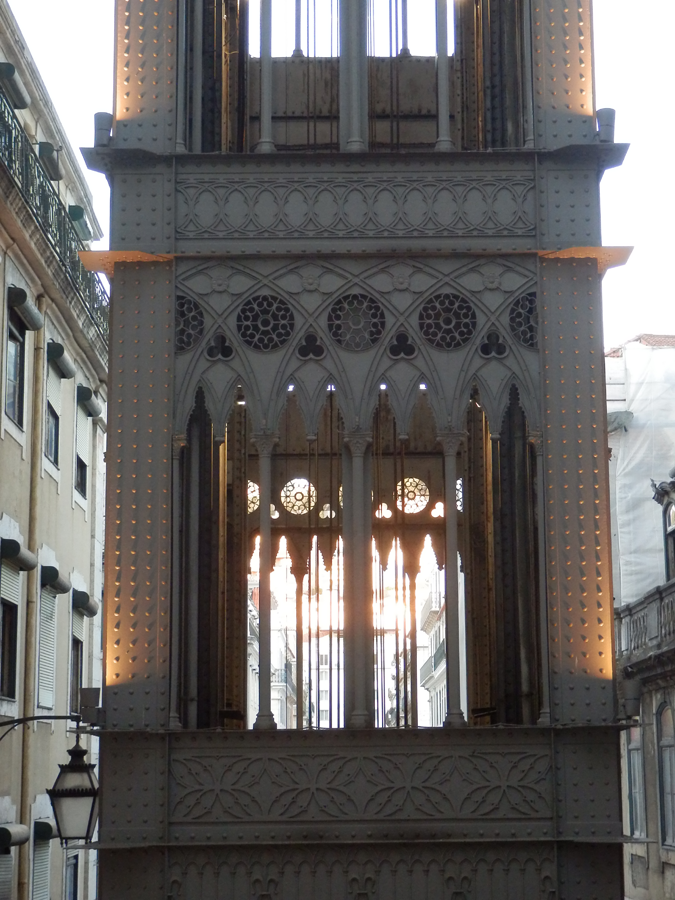
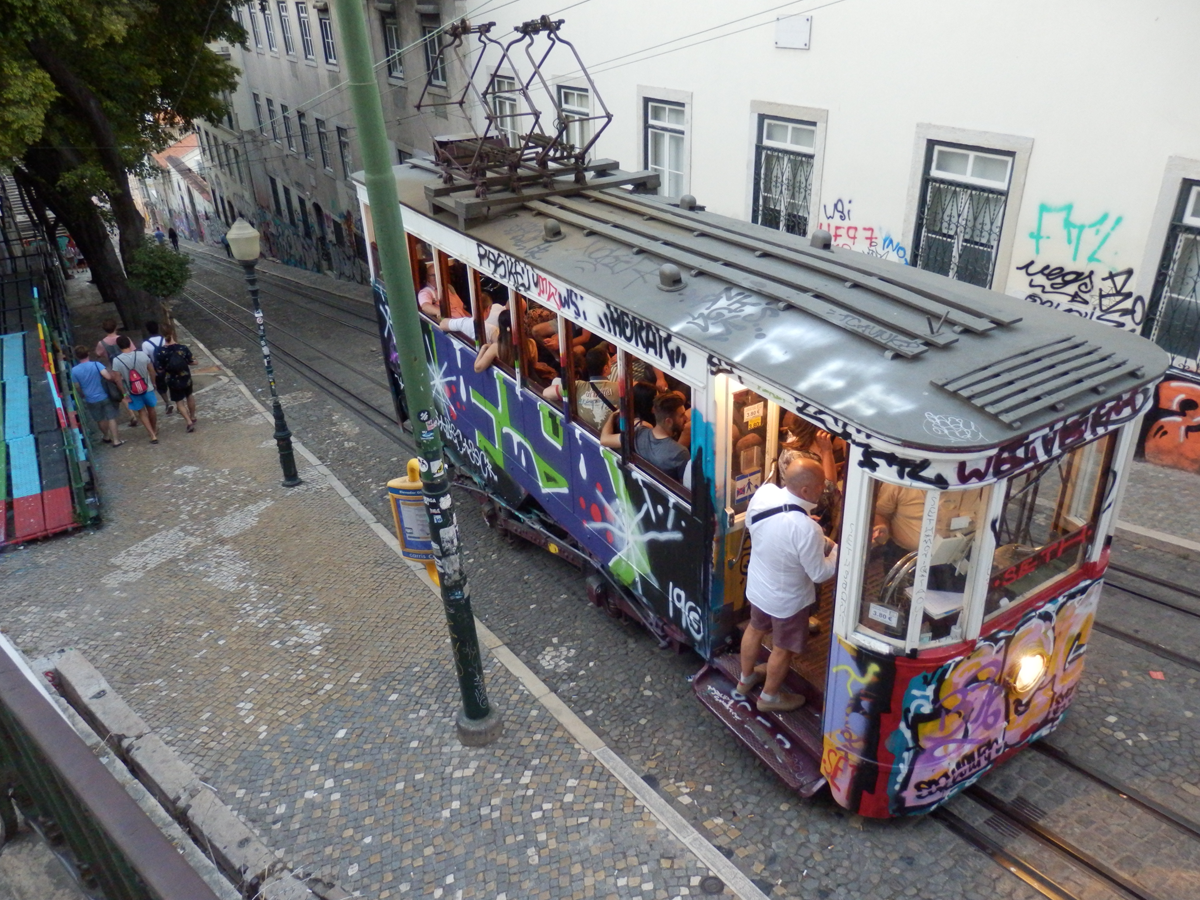
If you prefer, you can get up there via a funicular. In Bairro Alto, you can shop at H&M, find some more upscale restaurants, and see some nice views of the city.
We preferred the other hill featuring the oldest neighborhood in the city, Alfama, topped by a fort, Miradouro do Castelo de São Jorge. Narrow streets near the bottom wind up between tiny bars and busy African restaurants to spill out into flower and tile-lined plazas with fantastic views of red roofs and the river.
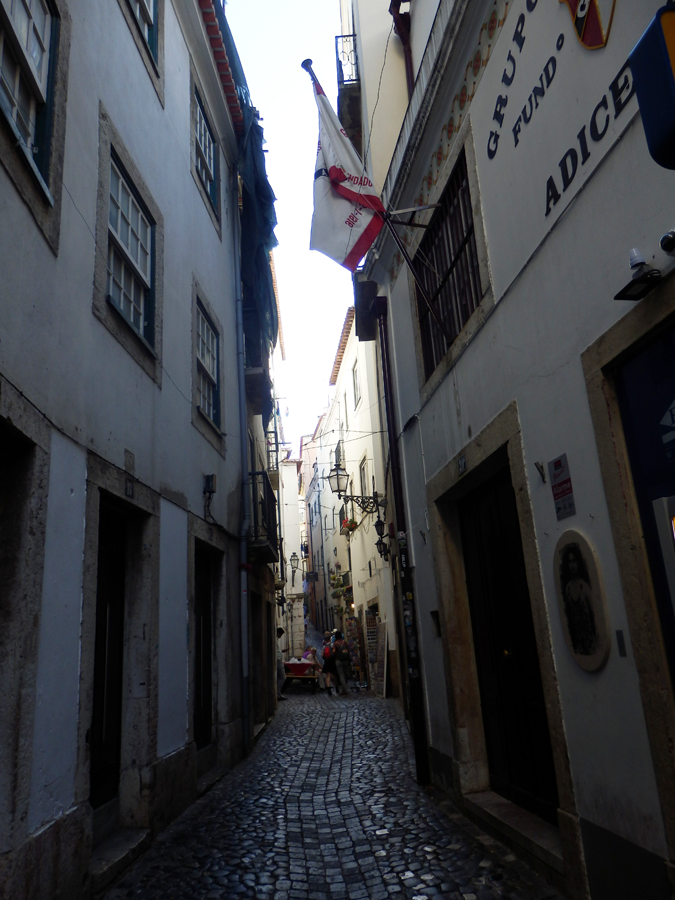
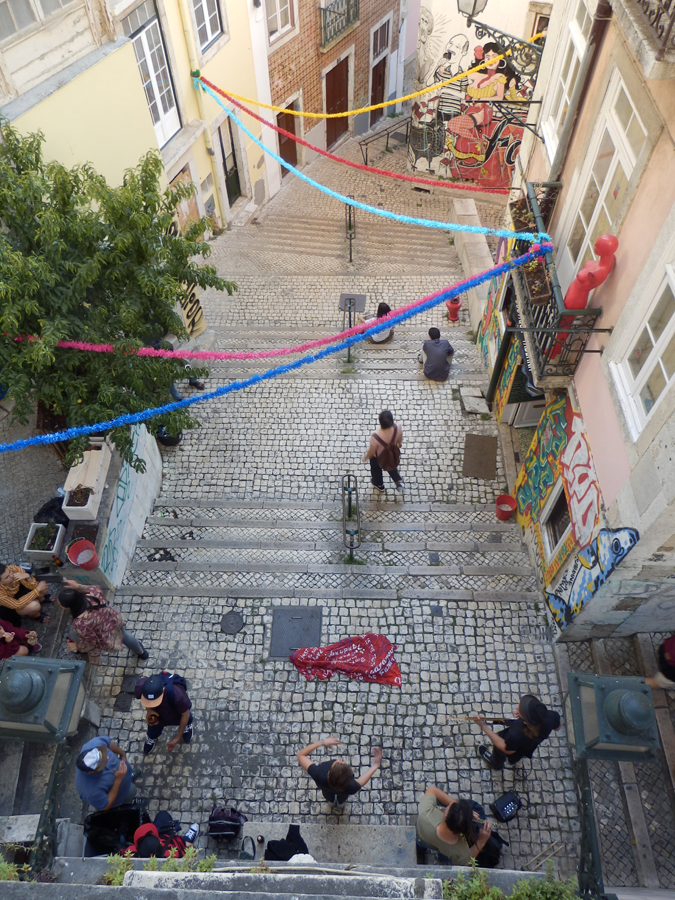
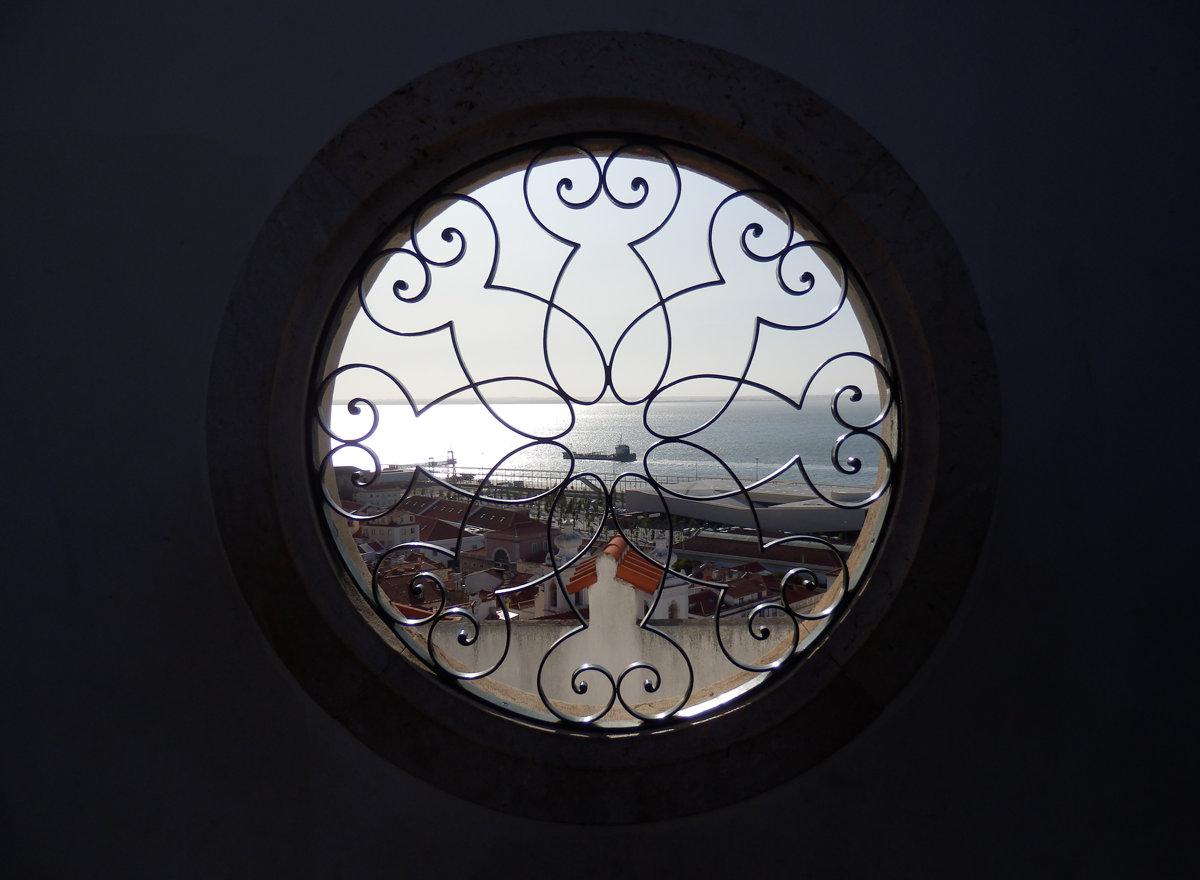
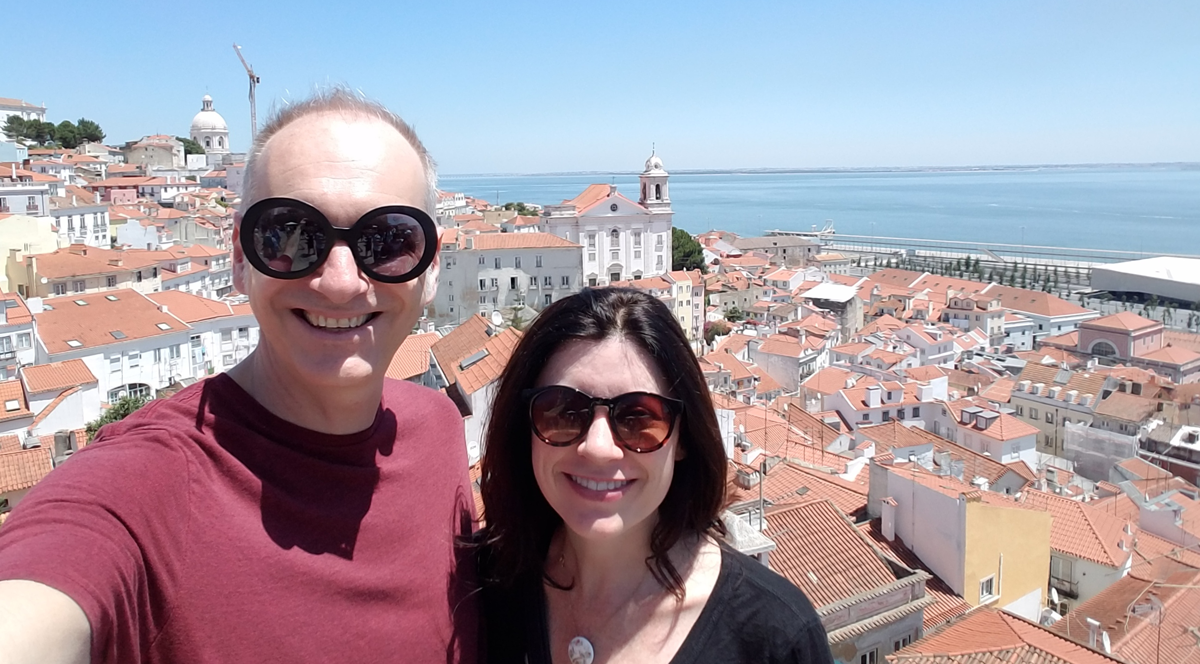
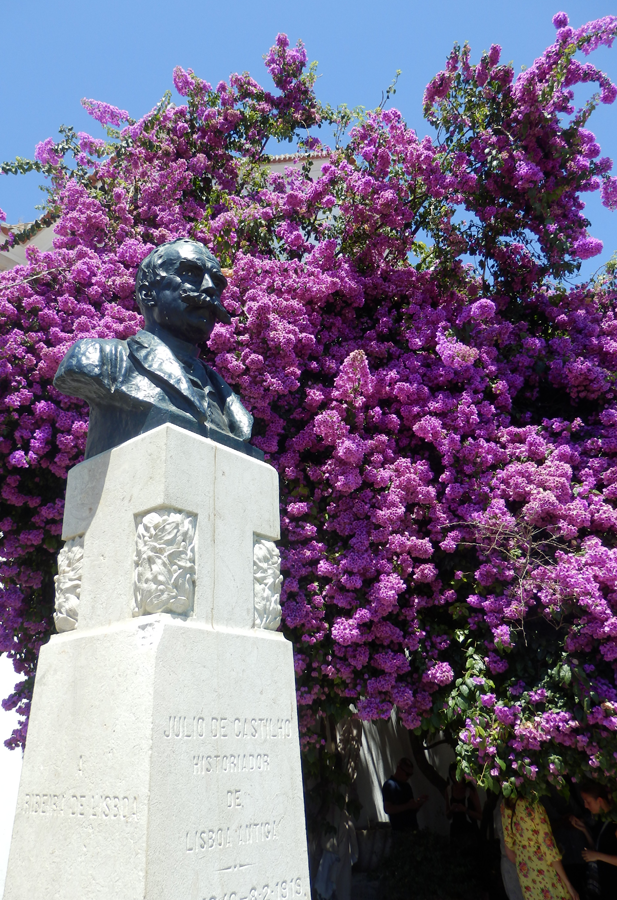
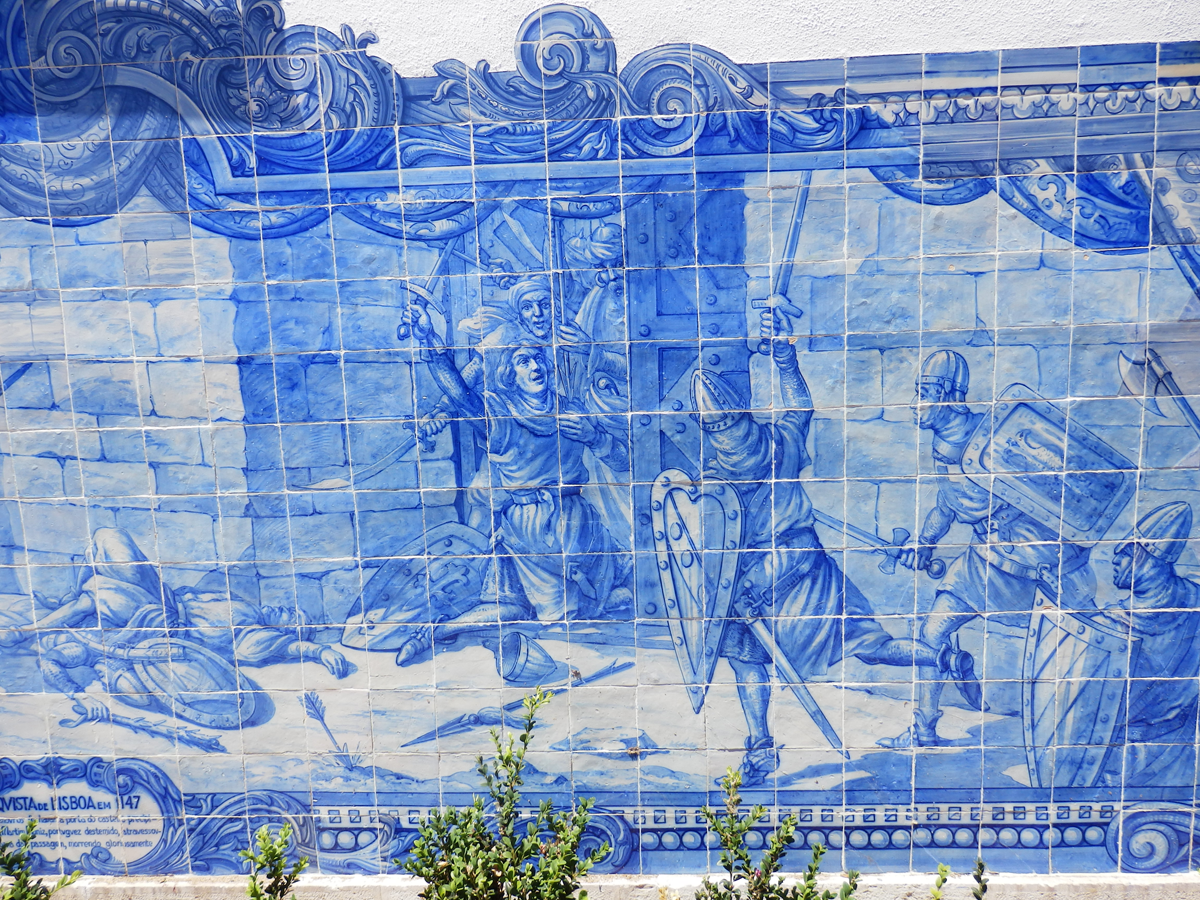
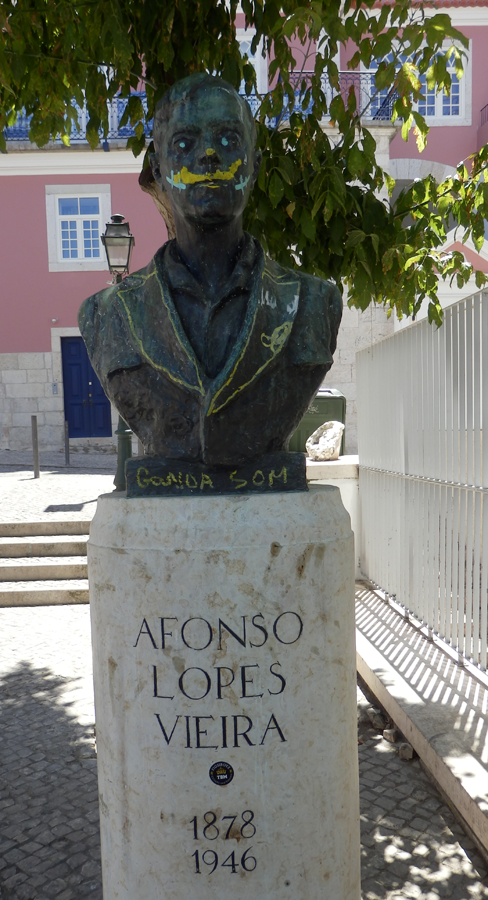
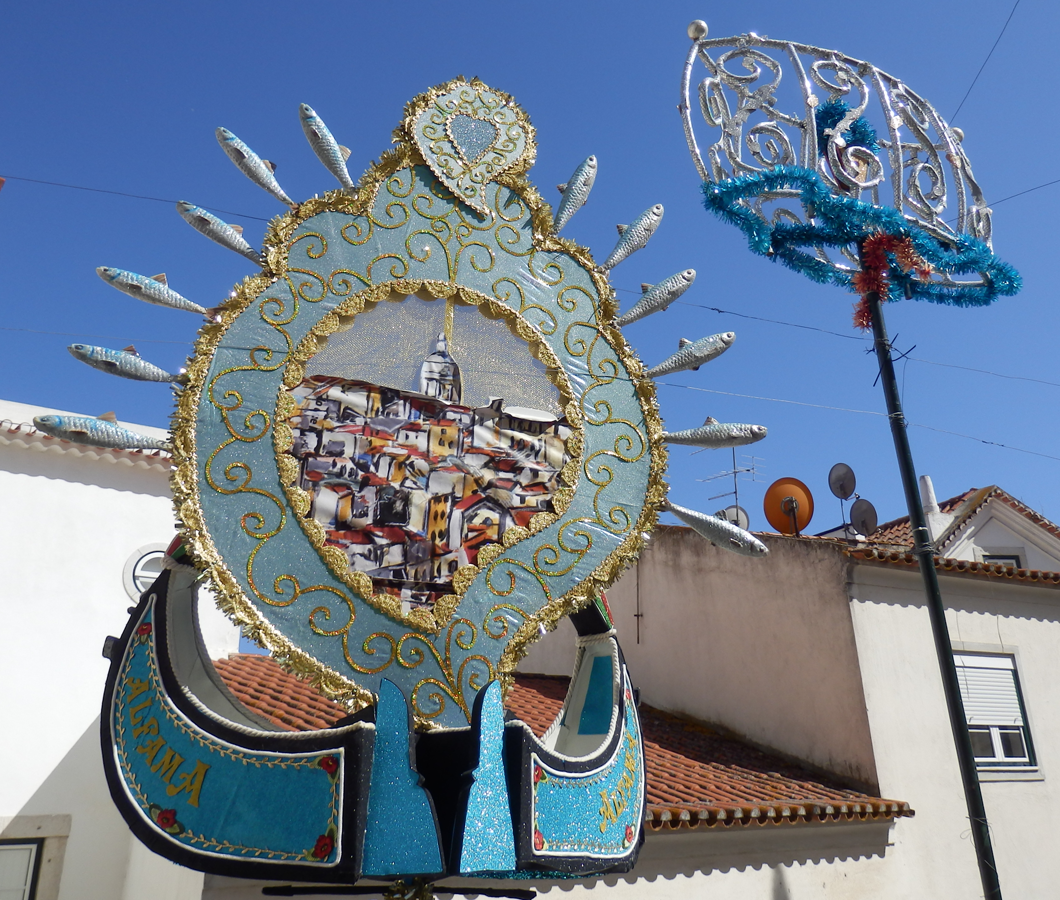
We’d missed some kind of festival for the neighborhood. Cod and sardines are important to the Portuguese so you’ll find them in almost every restaurant, even entire restaurants dedicated to just one of the fish in various forms. There are shops with decorative tins of sardines, octopus and other fish stacked ceiling-high.
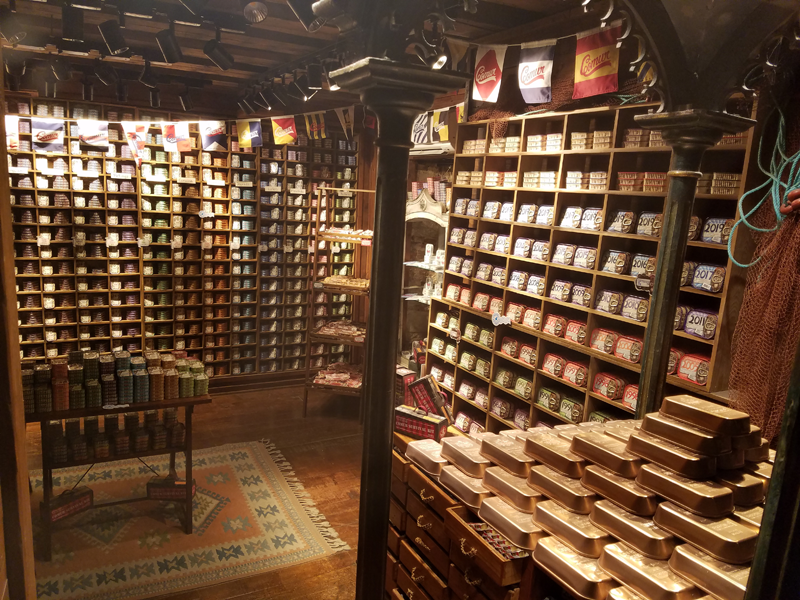
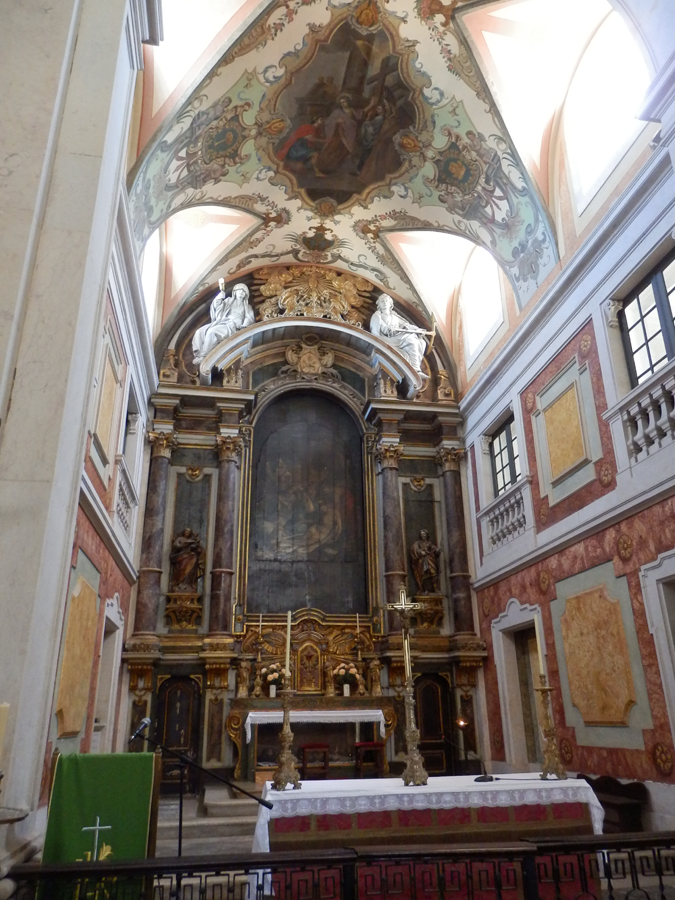
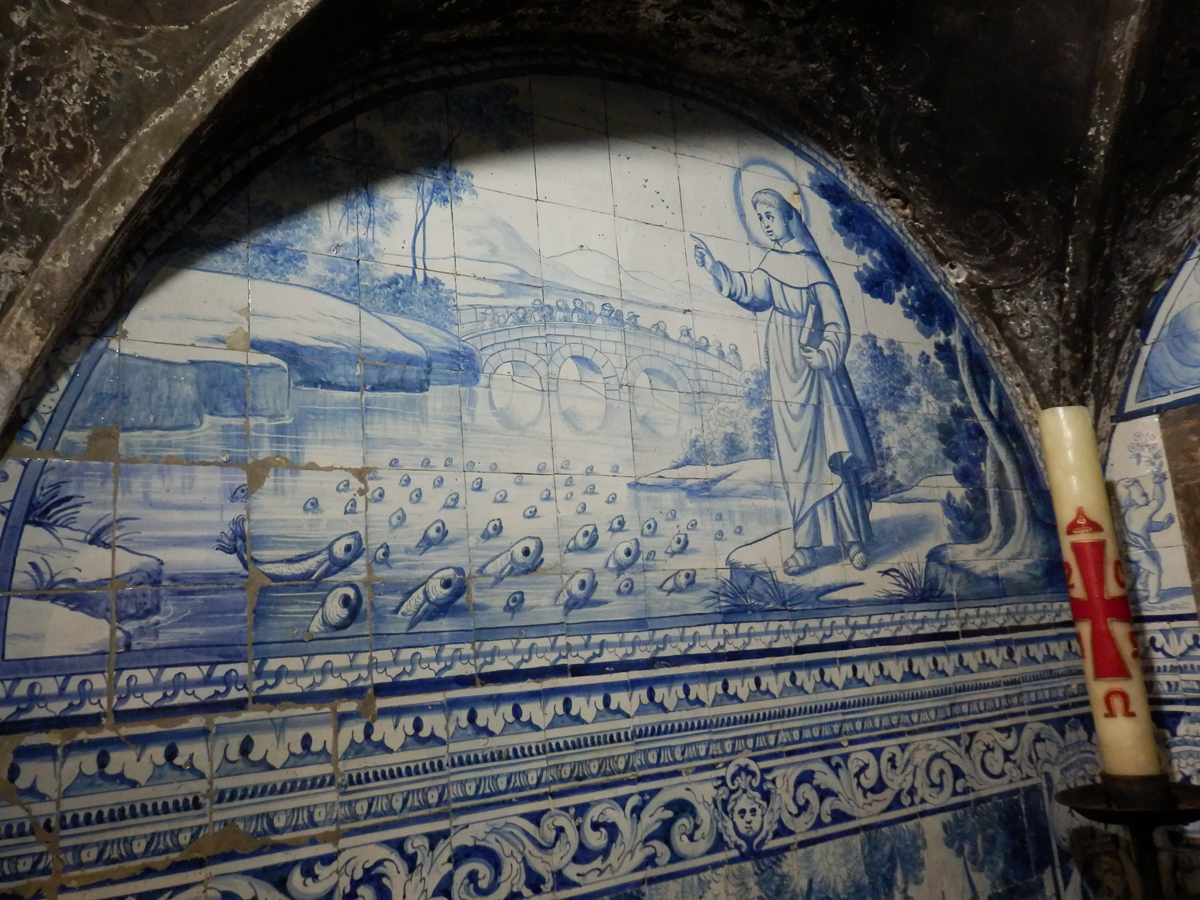
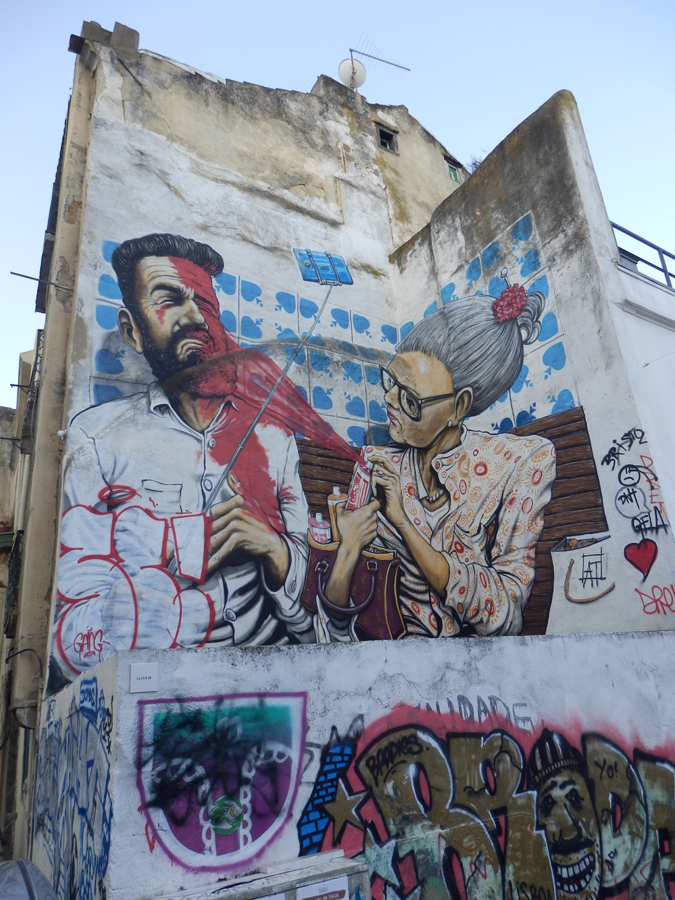
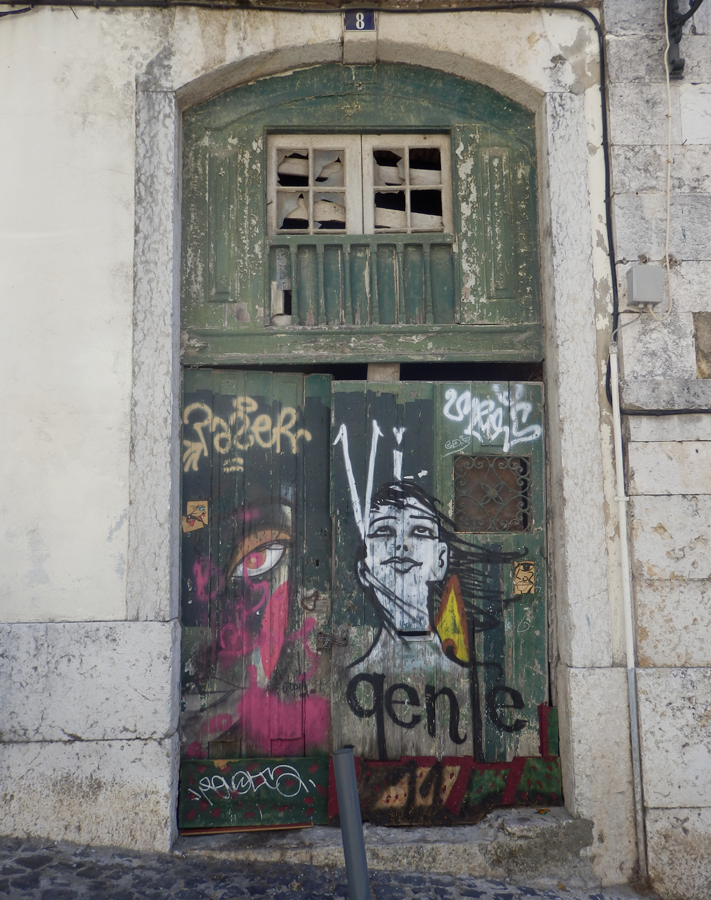
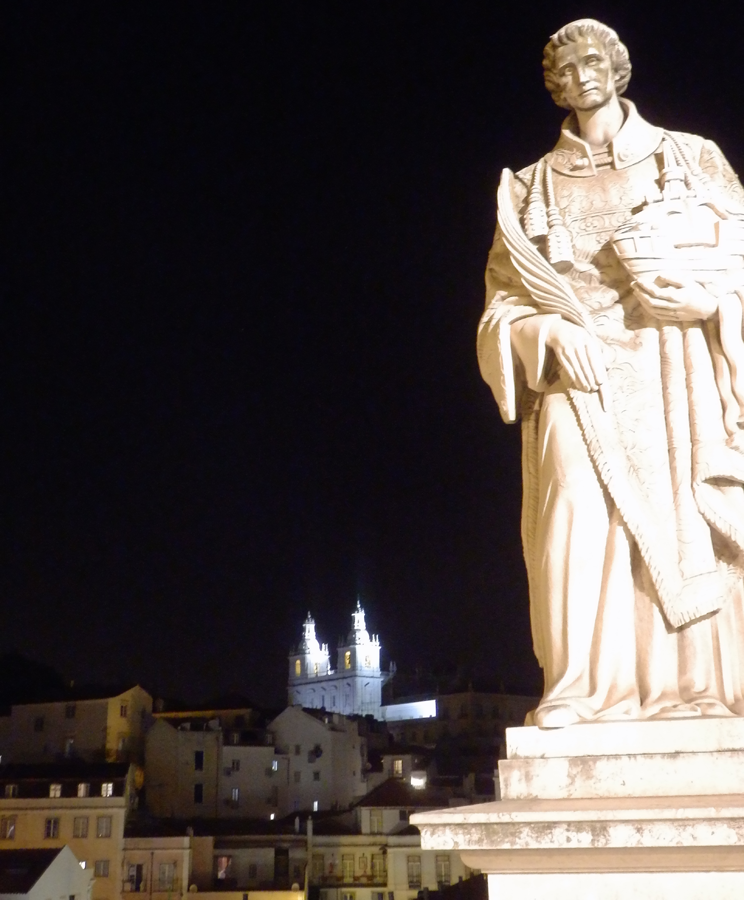
One of the things that impressed me almost everywhere in Portugal are the number of empty buildings in need of renovation. A cabby complained about the rising cost of living in Lisboa, yet there were beautiful, crumbling buildings standing empty across from major tourist attractions. Either these would cost a fortune to rebuild or the height-of-the-season crowds deceived me into thinking the country is always bustling. Streetcars were overflowing. Small parks with views were packed. Some restaurants required reservations or long wait times. But outside the more tourist-centric areas, it felt like any medium-sized European city – busy, yes, but not overcrowded.
We visited Castelo de Sao Jorge late in the afternoon to find the line very long. The sun was melting us so we decided we’d return early in the morning. After a delicious breakfast of custard tarts and other pastries, we happened to arrive as they opened the gates, something I’d recommend if you, too, are visiting in August. No crowds, cool breezes, amazing views, no line for the nifty periscope thing they have – perfect. The castle itself ain’t much to look at. It is mostly a shell without a palace or any historic structure worth a second glance. The gardens are nice, with peacocks on seemingly every surface – but go for the view (click the link, zoom in, scroll around.)
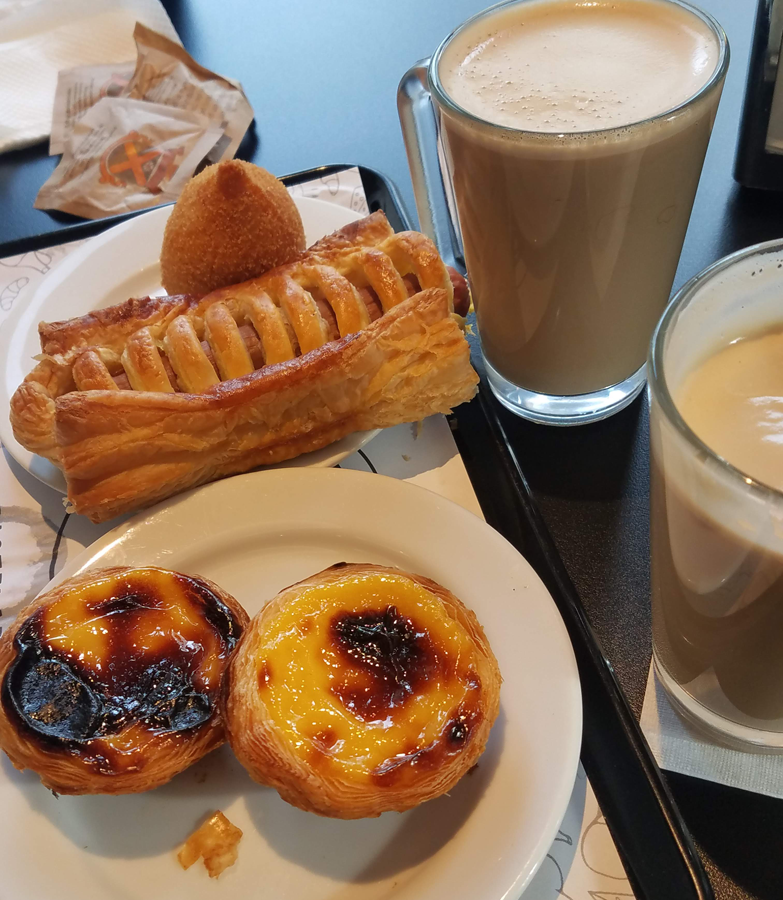
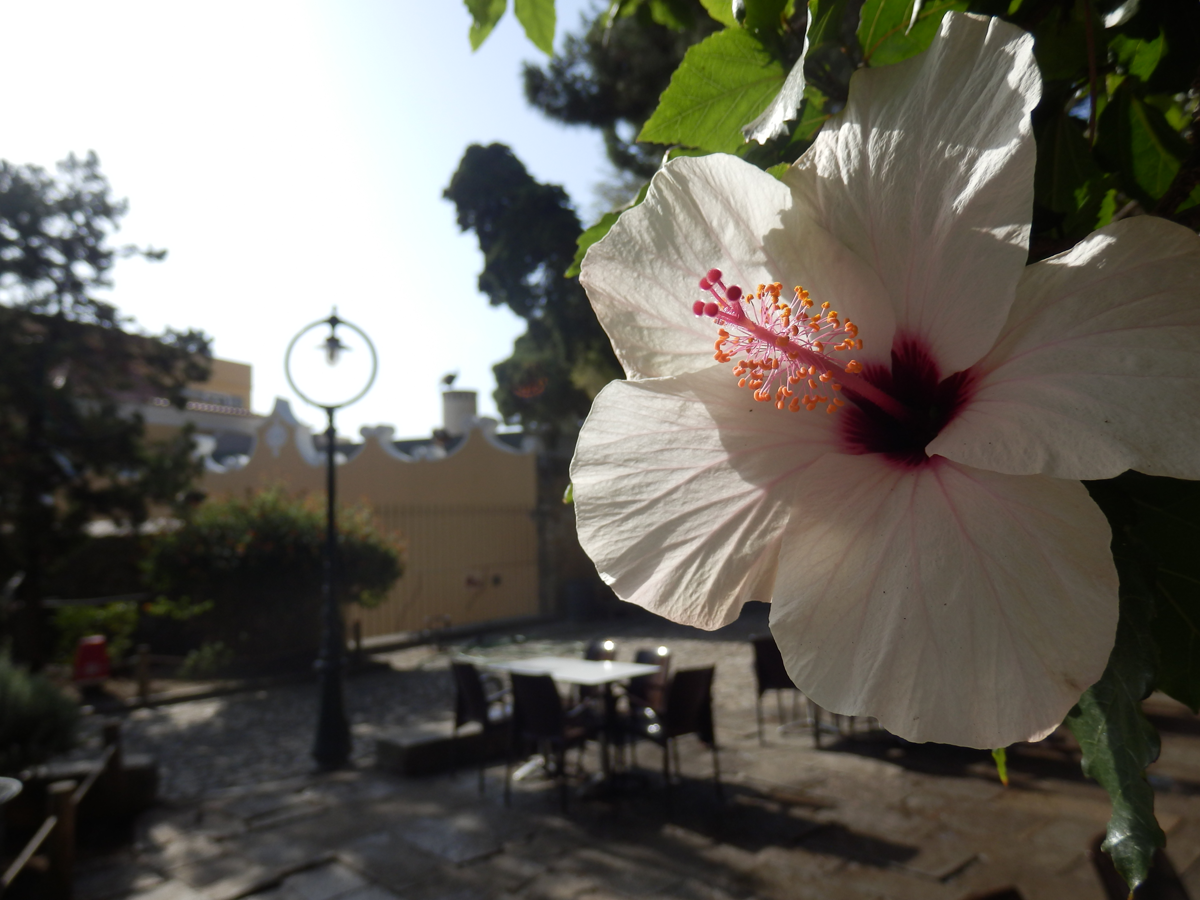
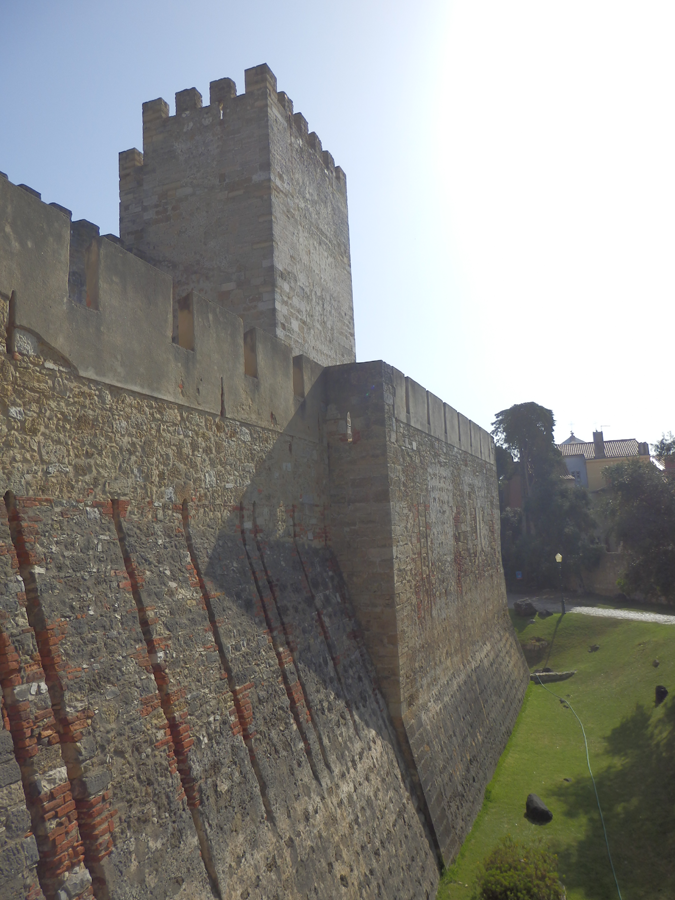
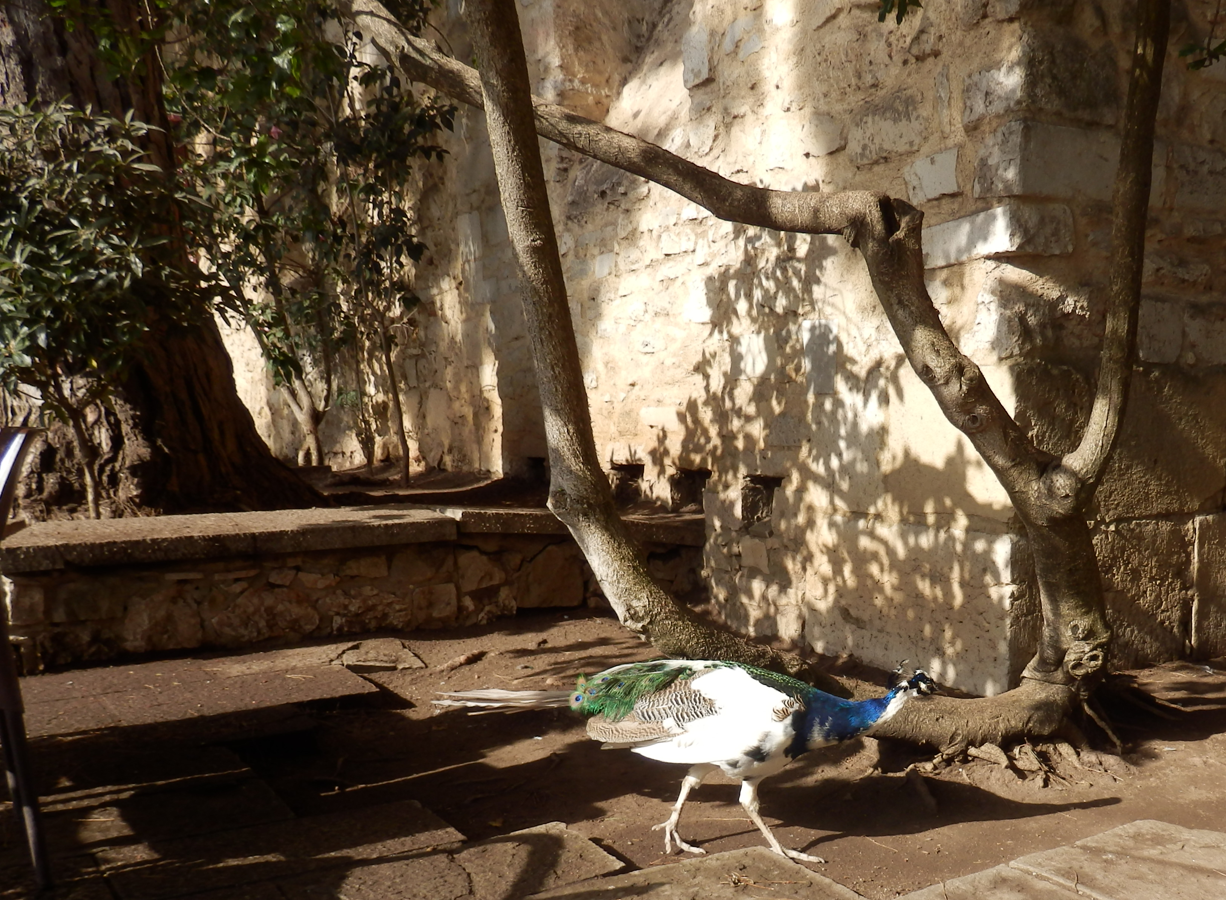
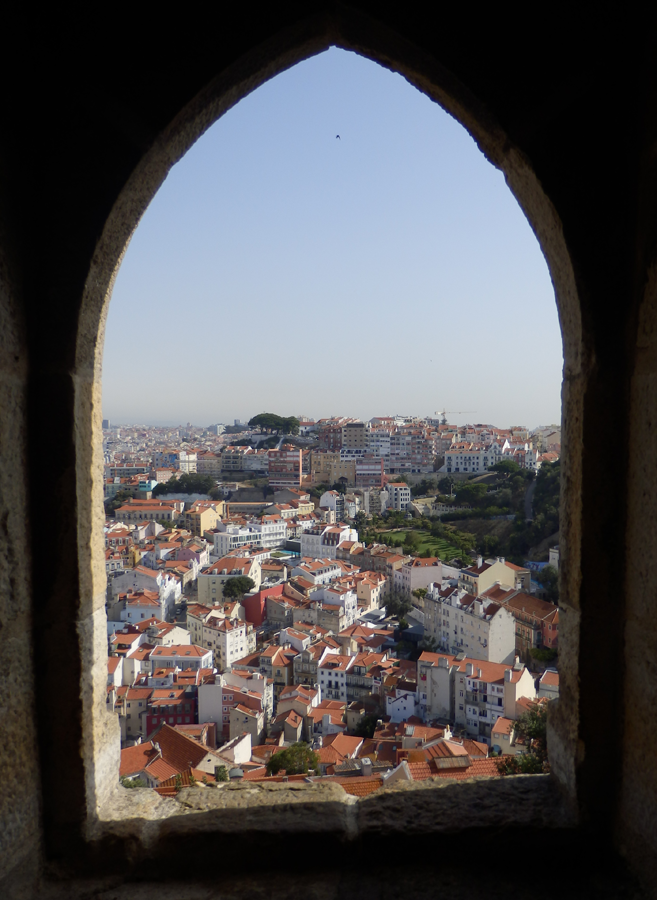
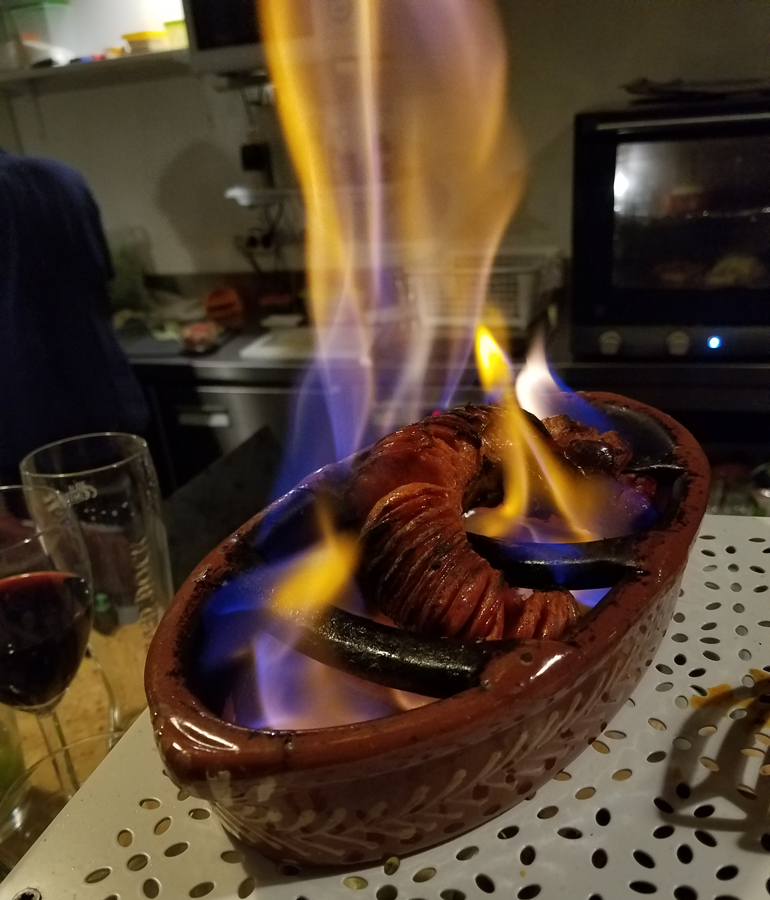
You’ll see a lot of tapas and tapas-style options – charcuterie plates, cheeses, the ever-present bacalhau (cod in various forms, including a fried ball sometimes full of cheese,) and custard tarts on every corner. We didn’t have a bad meal anywhere, but my favorite meal in Lisboa may have been an African seafood/curry place in Alfama.
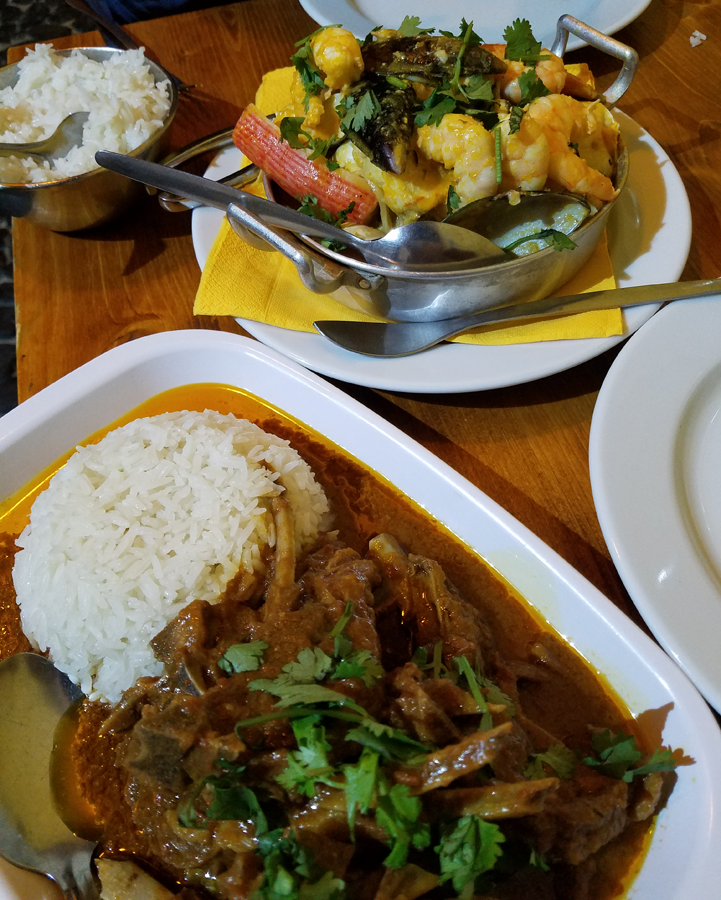
On the opposite side of downtown is the Time Out Market, a combo food court and grocery store. The grocery portion was closing as we arrived, but the food hall was packed. There were so many choices we had a hard time deciding, finally settling on grilled octopus. It was the prettiest dish we saw, but wasn’t the most flavorful.
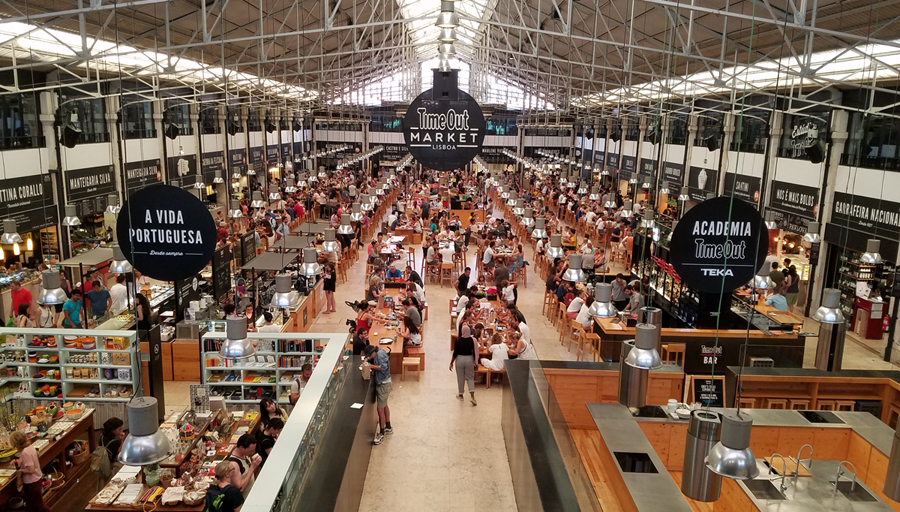
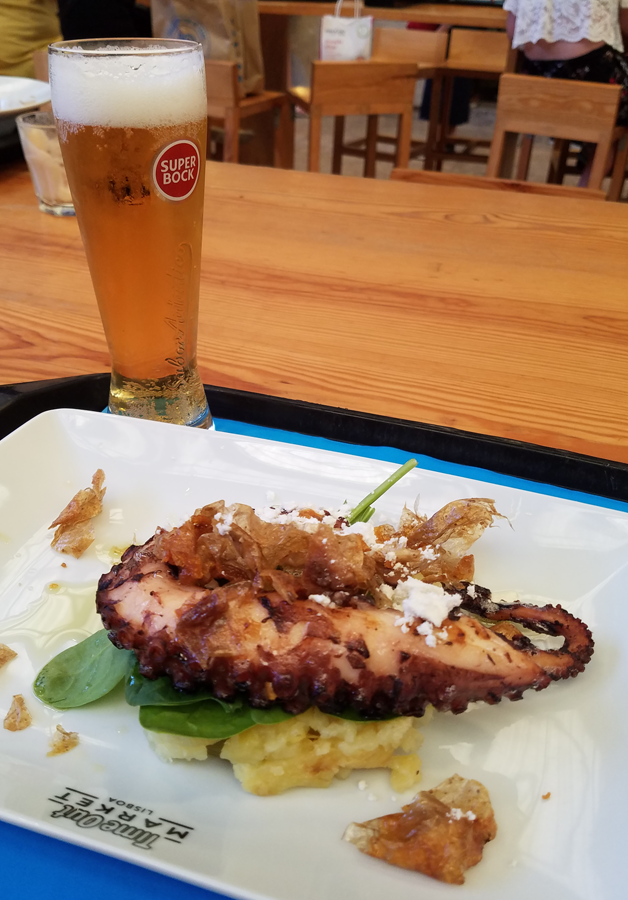
Microbrewing has just started in Portugal. Their mass market beers are fine, but wine is delicious and as cheap as water in some restaurants. We’ll talk about port later on, but another local specialty is Ginja, a berry liqueur that is slightly tart, very sweet, and a bit cloying – something to pour over ice, maybe with a bit of club soda or other lightening mixer.
Portugal may be most famous for ceramics. Many buildings – indeed, many entire city blocks of buildings – are covered in tile from ground to roof. Some are simple, abstract designs. Others are floral details in multiple colors. Some are even in deep relief.
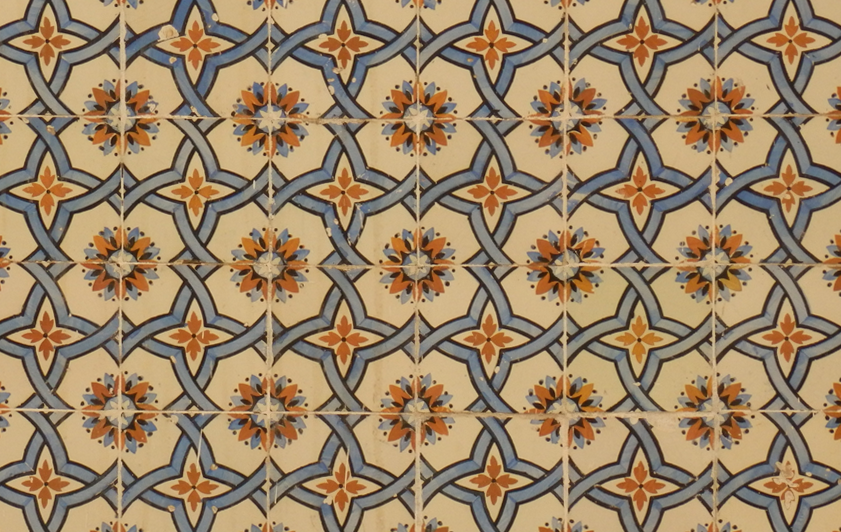
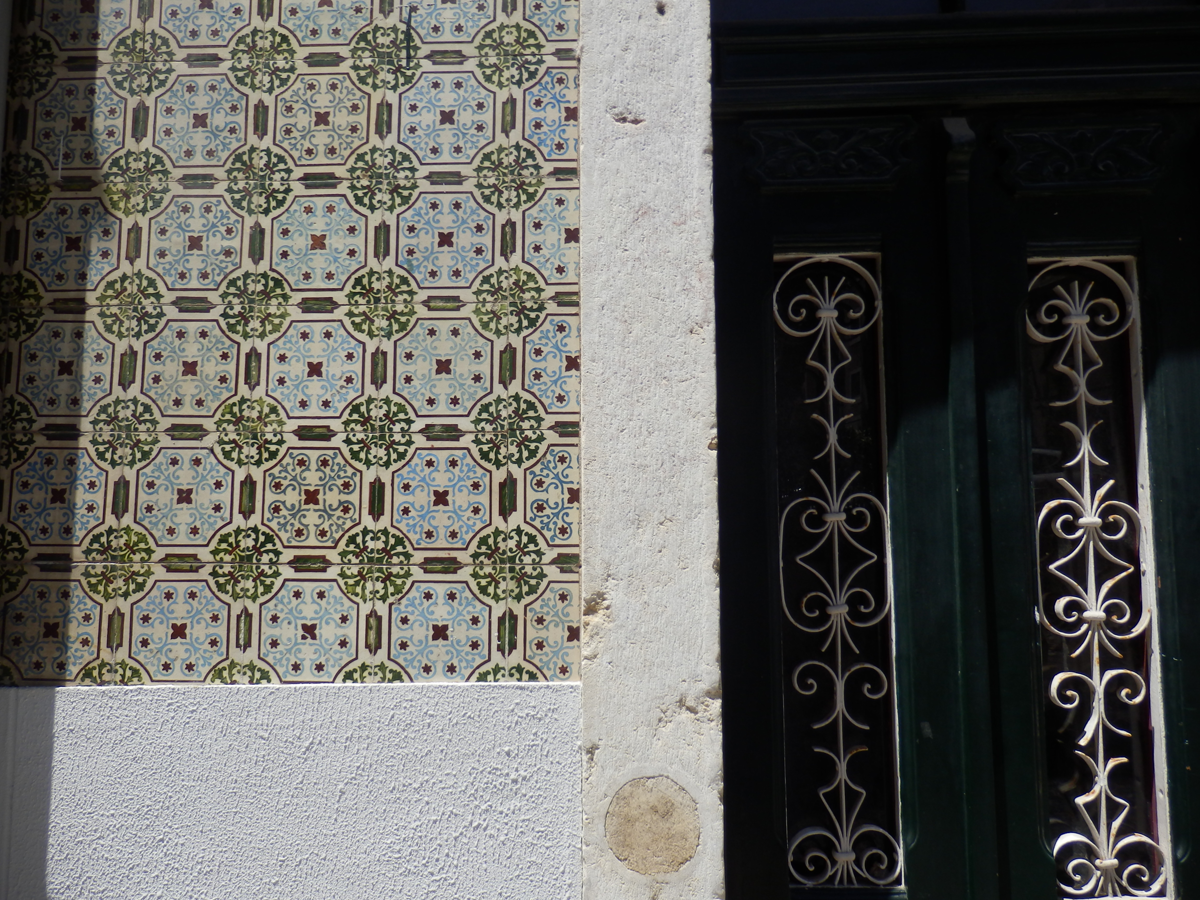
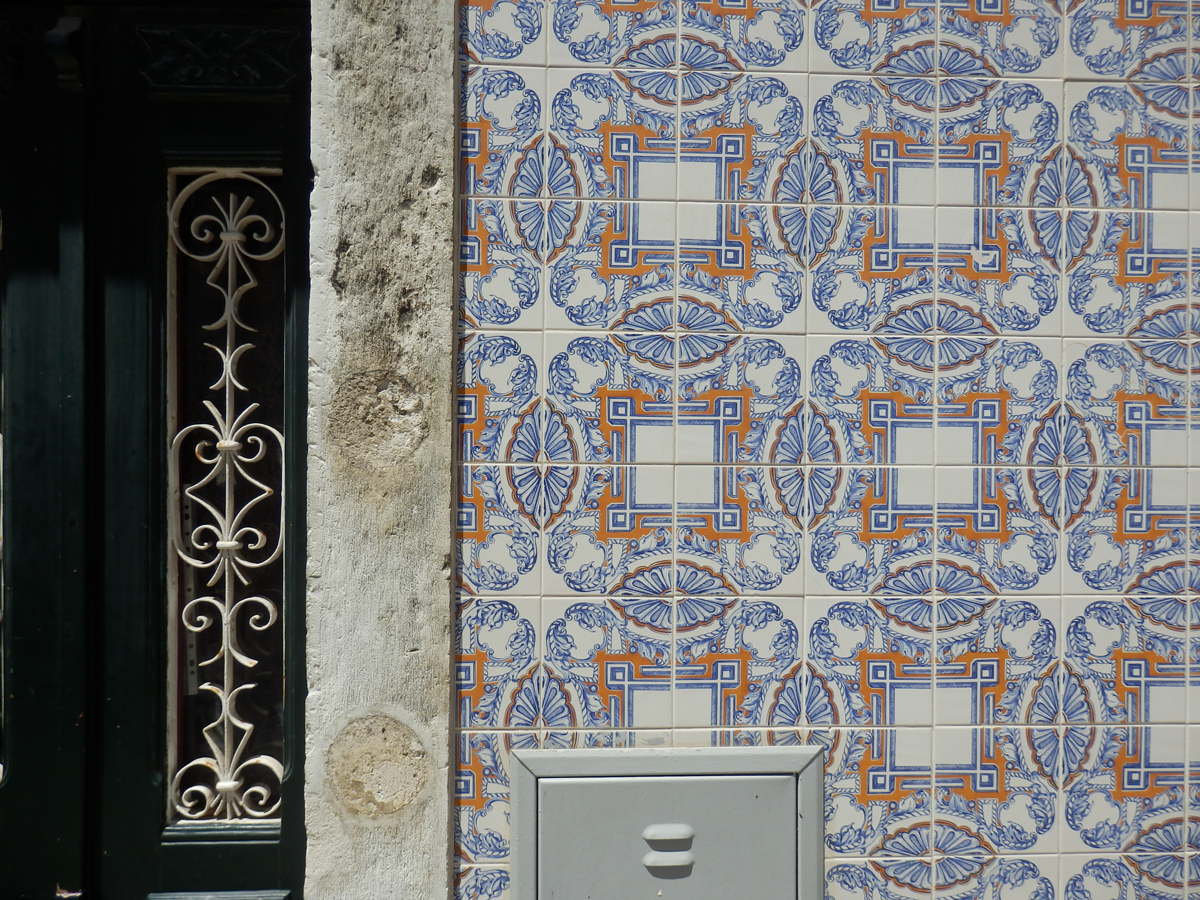
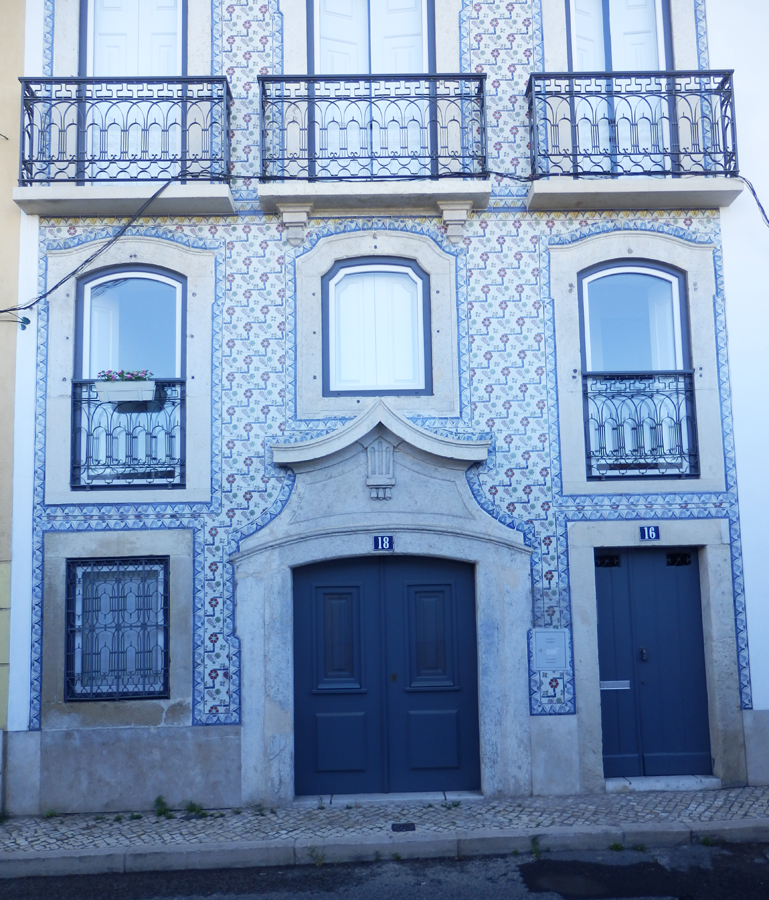
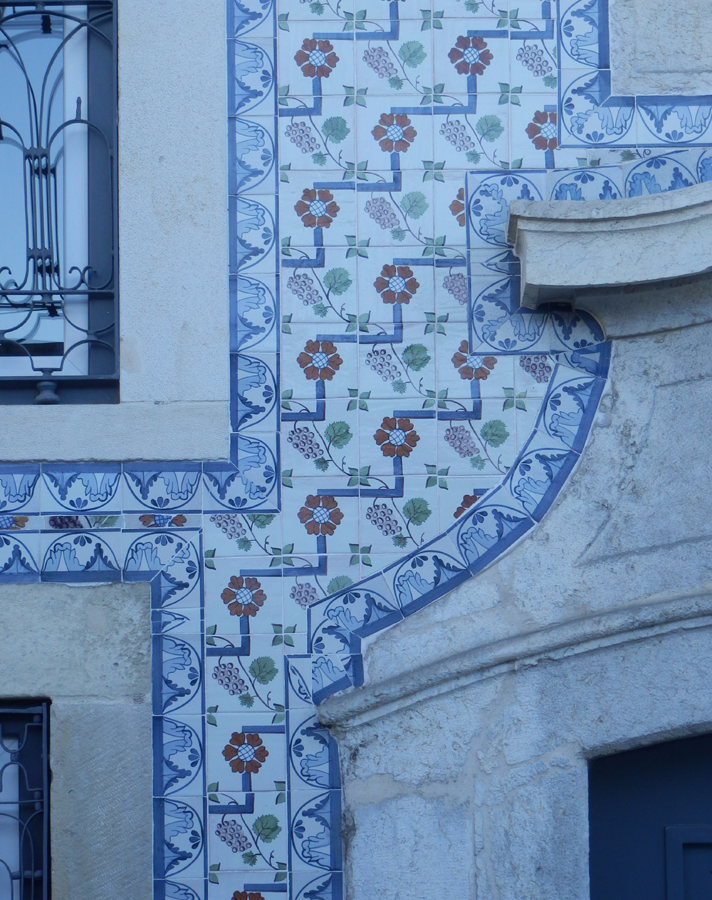
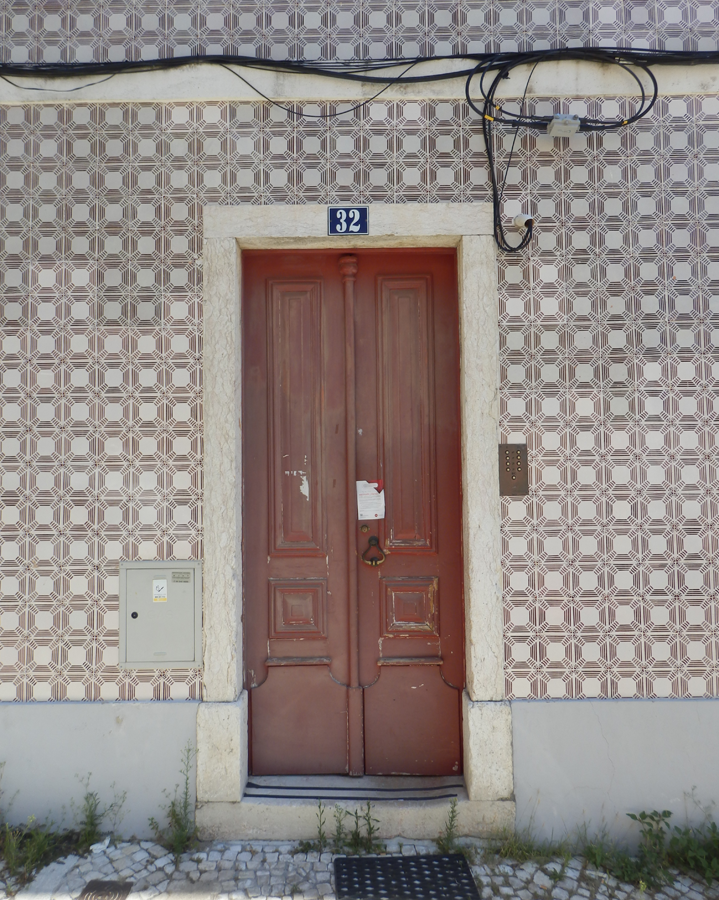
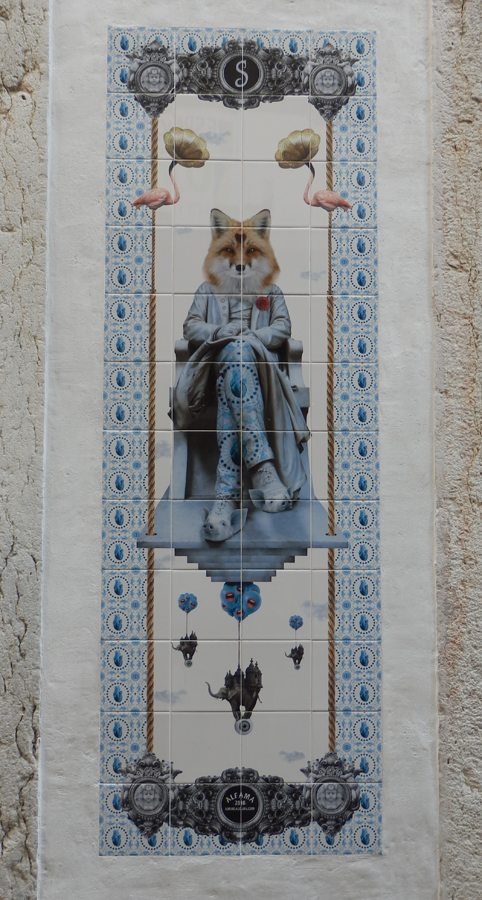
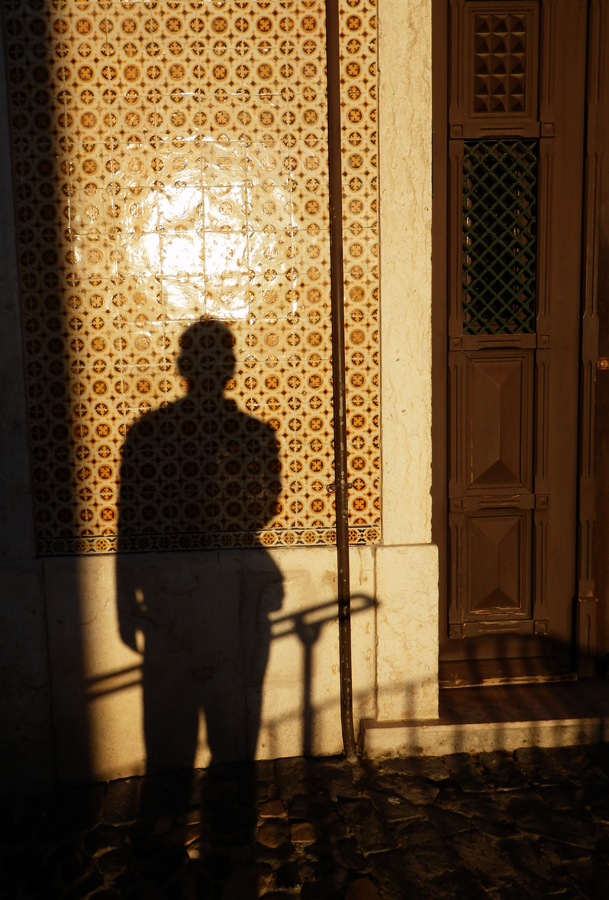
We almost didn’t make it to the tile museum in Lisbon before closing time because we kept stopping to gawk at tile on random buildings along the way. Even some of the street art/graffiti is gorgeous.
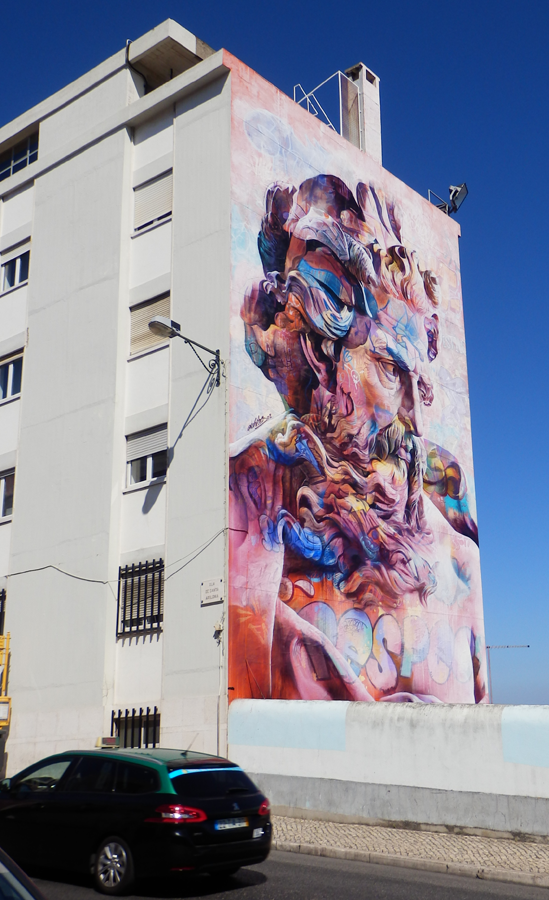
A tile museum may sound less than exciting, but after walking around gawking at the stuff for a few days you might be interested to learn about more about the history of the stuff. There were some plaques that talked about that, but most of the time I did the same thing there that I’d been doing in the street – just stood and stared and tried to remember to take pictures. They have tile from very old to very new. Some abstract, some with portraits. Styles from simple, geometric patterns to Moorish influenced floral to cubist to… well, just about anything. To top it off, there is a gilded chapel featuring portraits on tile lining the walls, as well as 3D work. But wait, there’s more! You also get a panoramic painting of Lisbon on tile (click, zoom in, scroll around.) It’s definitely worth a visit.
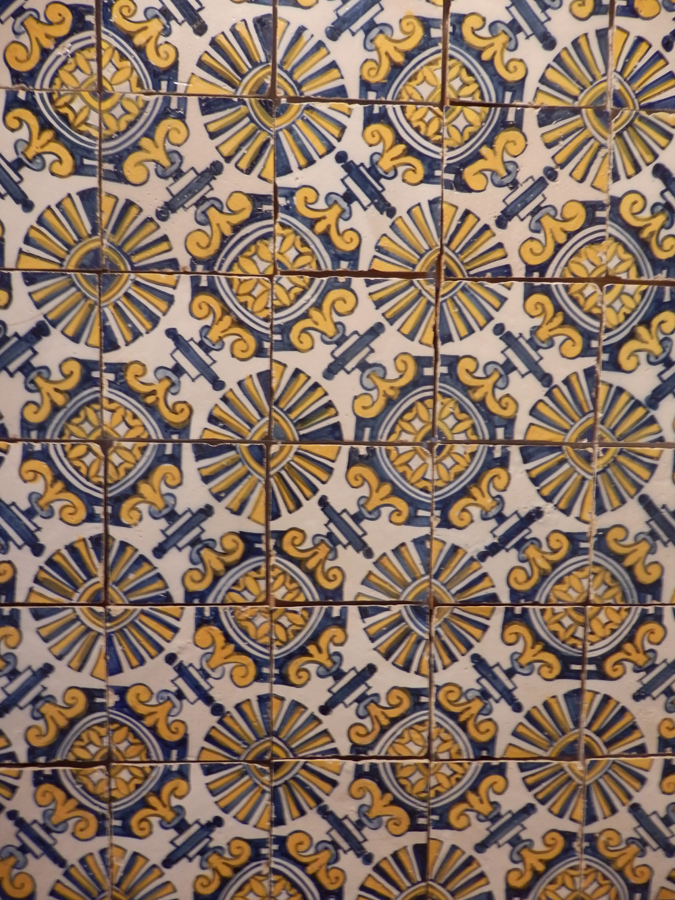
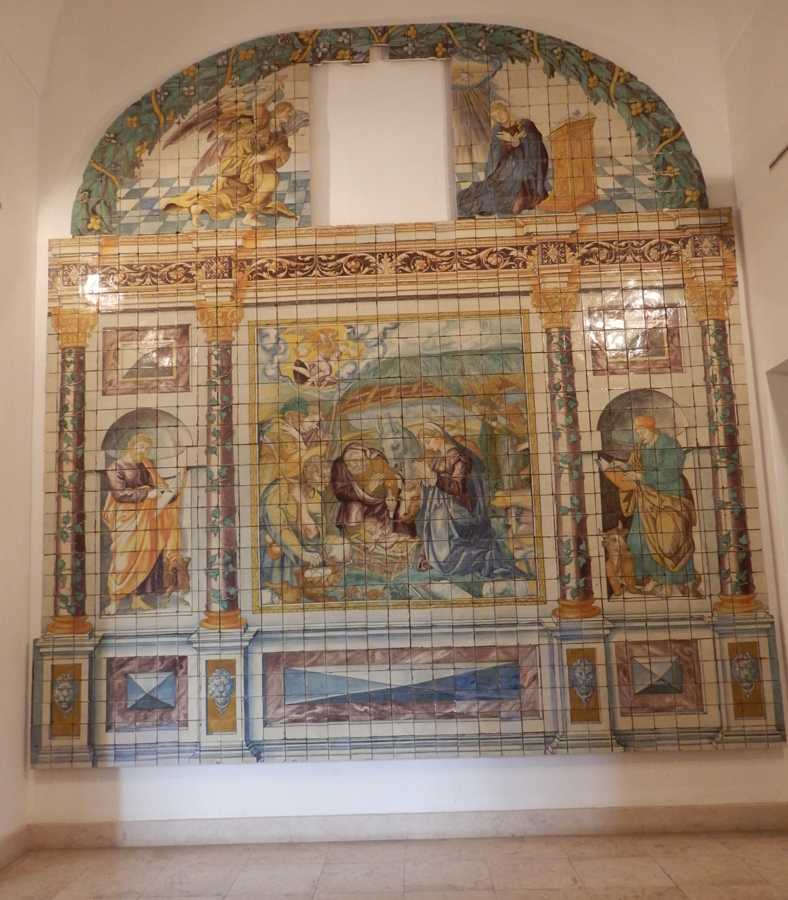
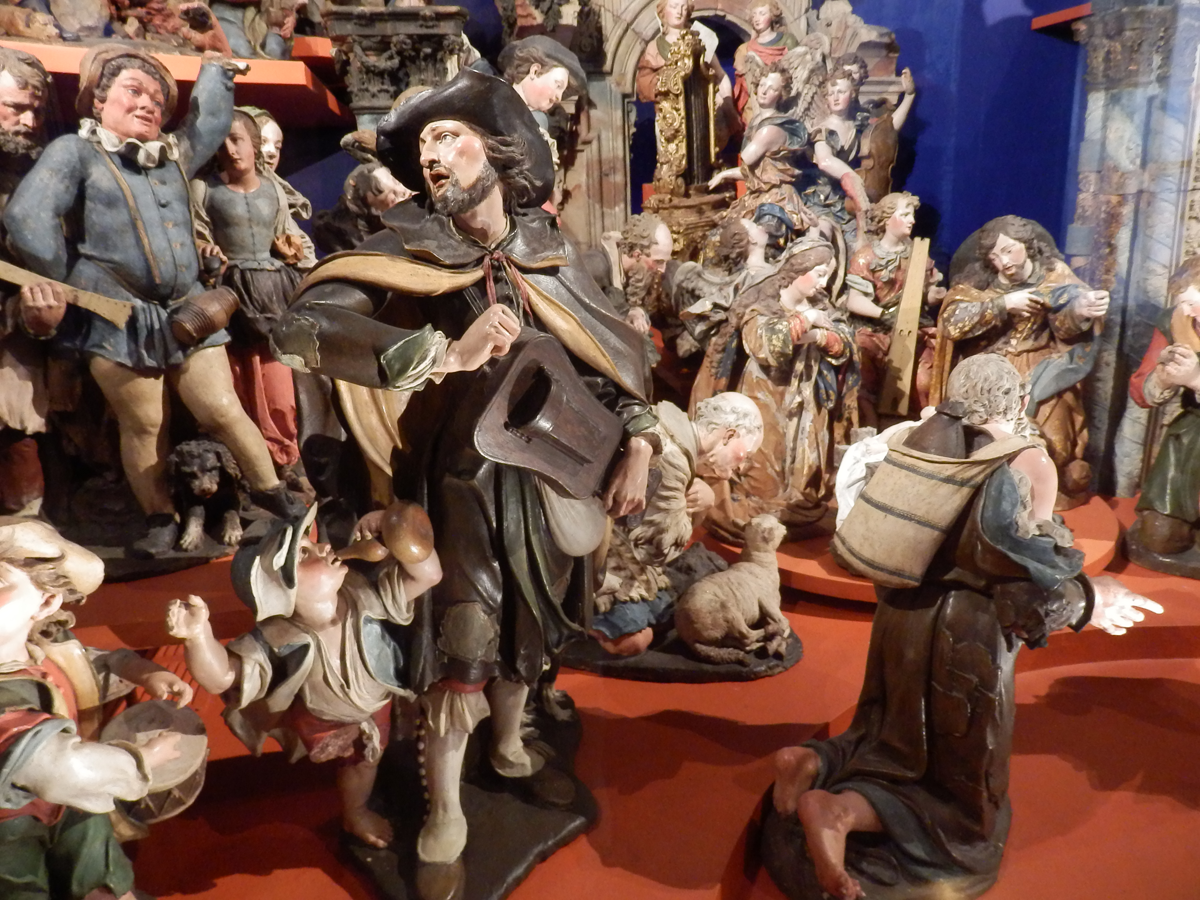
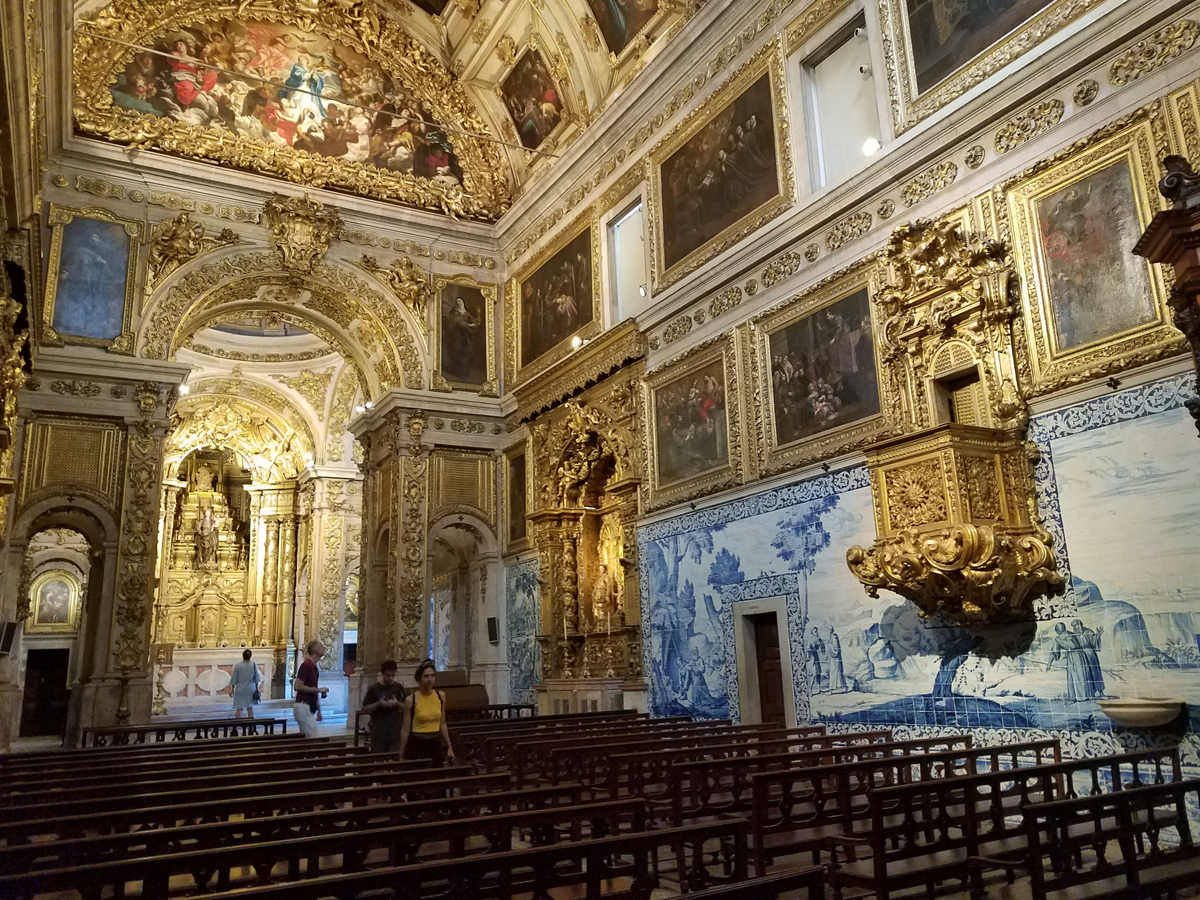
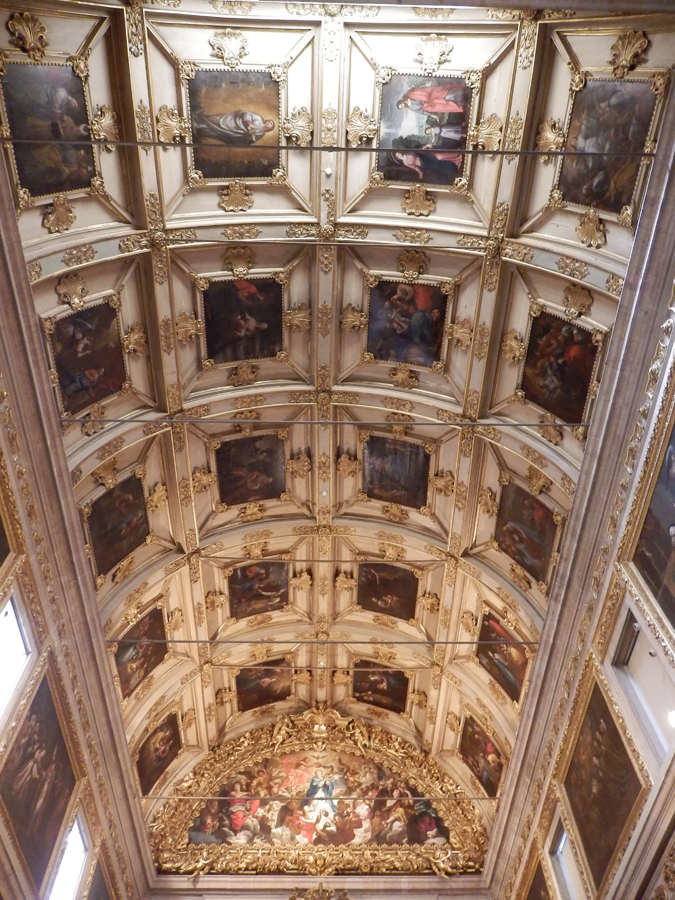
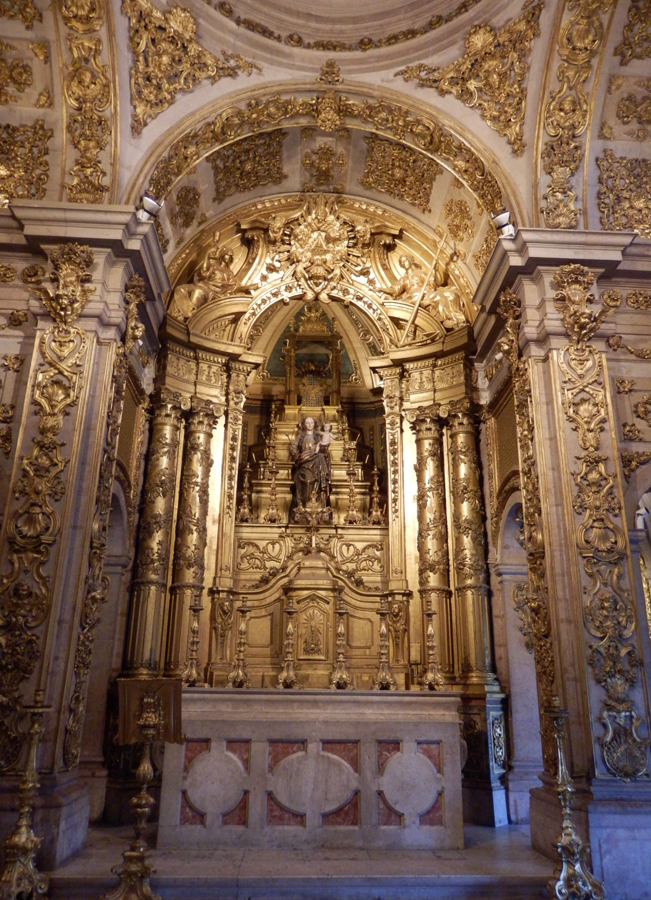
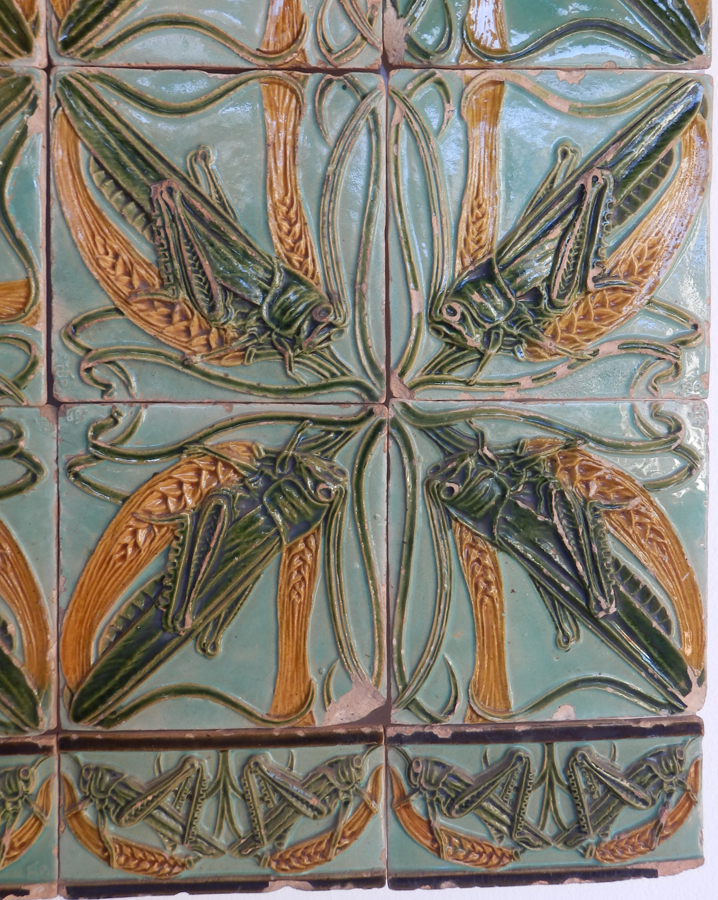
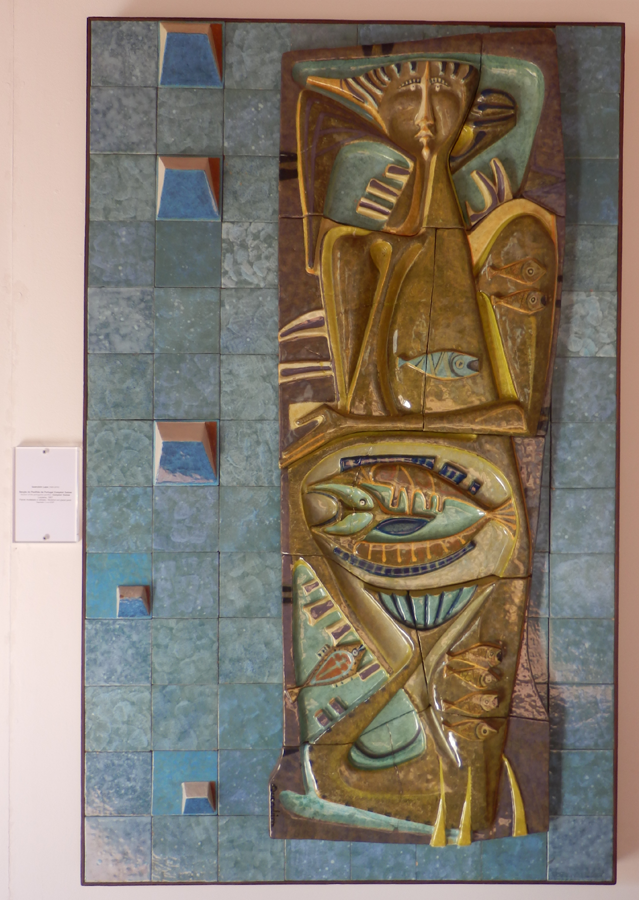
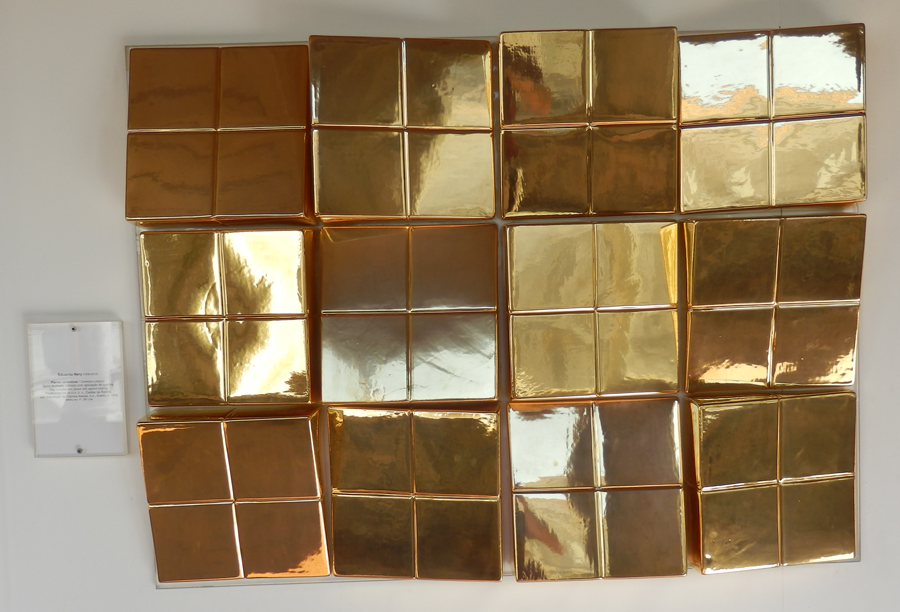
Next up, the palace-dotted hills of Sintra, the sunny beaches of Cascais, and the multicolored glory of Porto. Assuming I don’t drop these reviews and just get back on a plane…